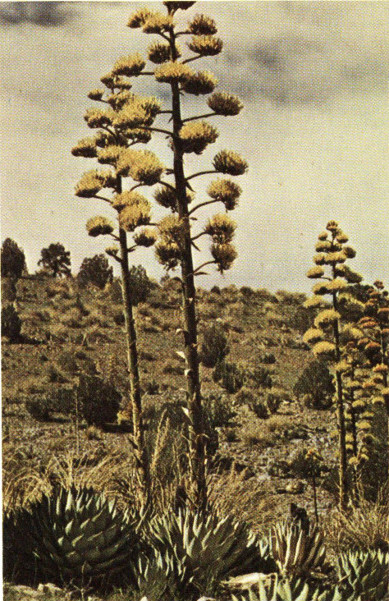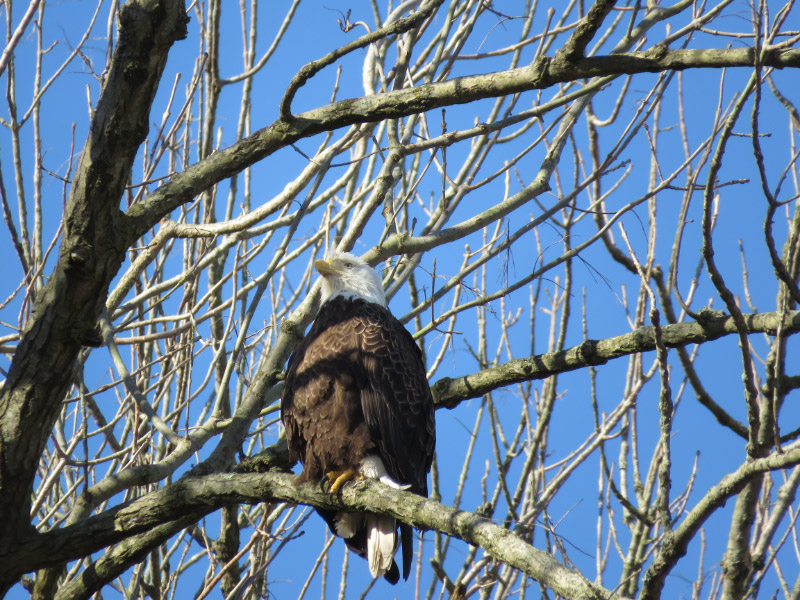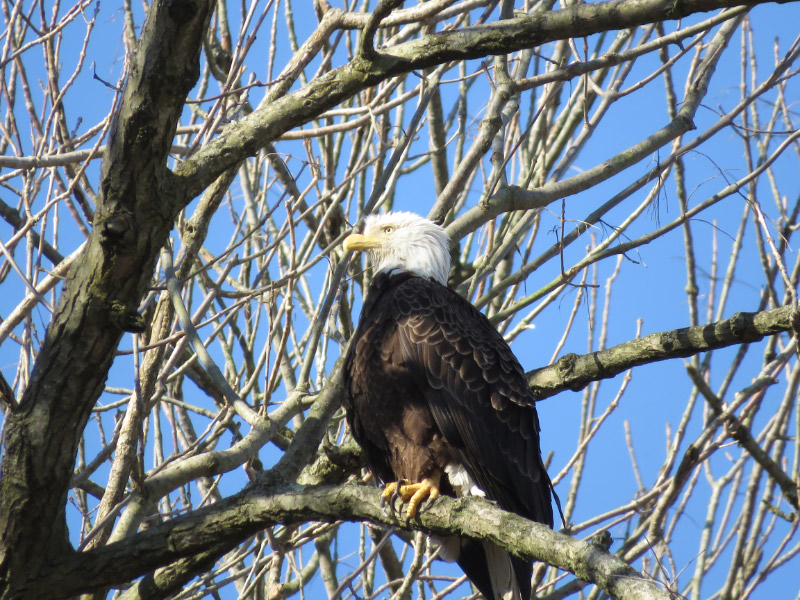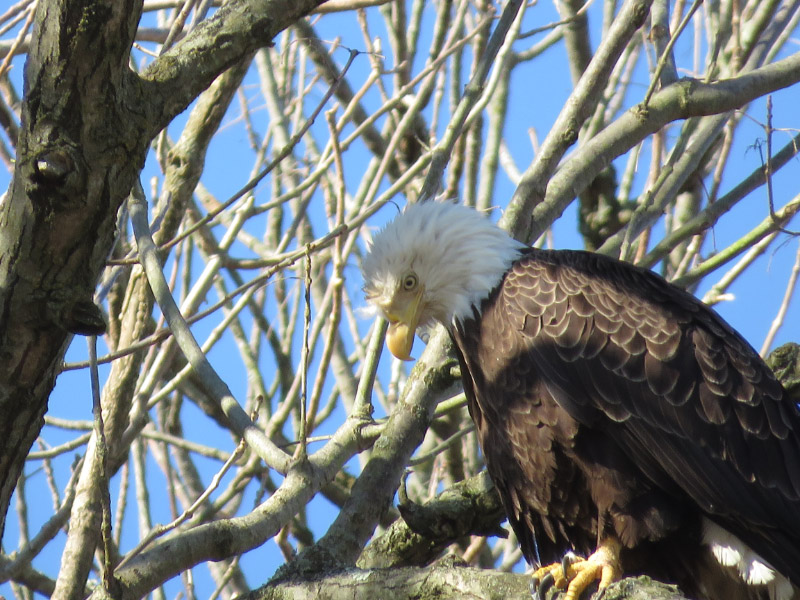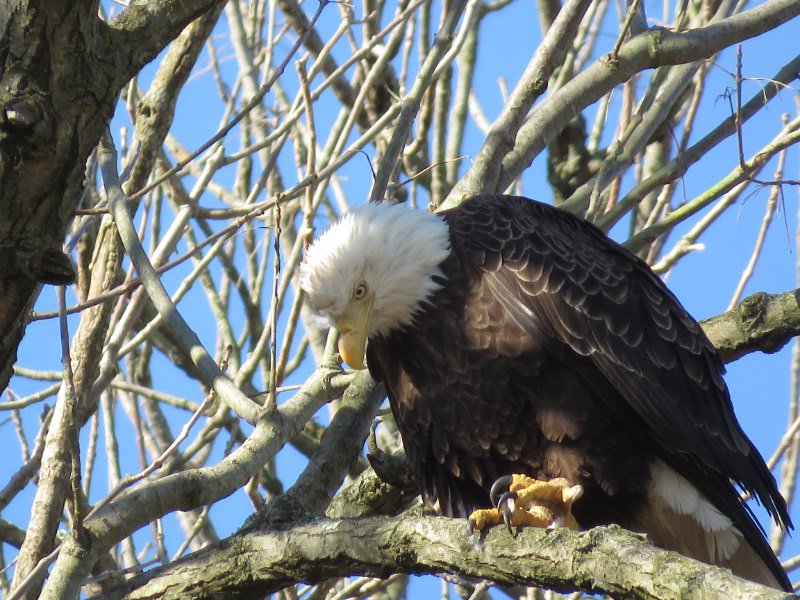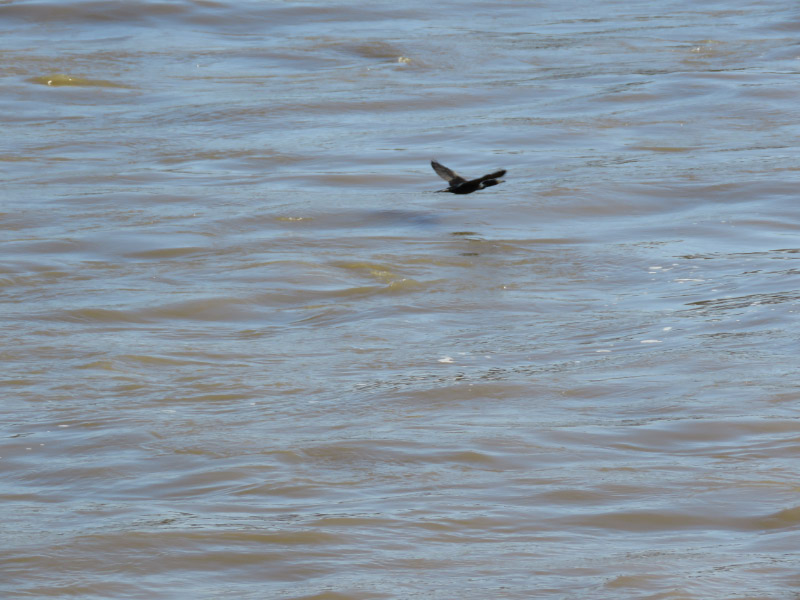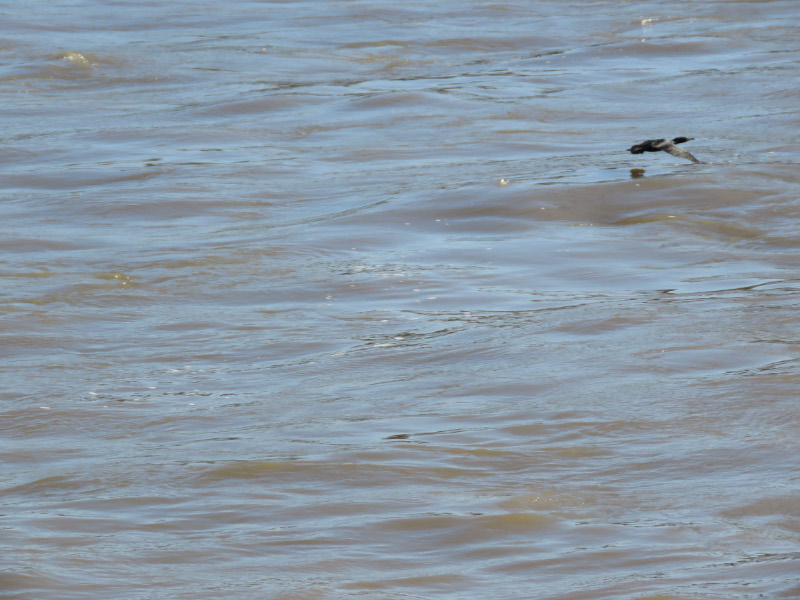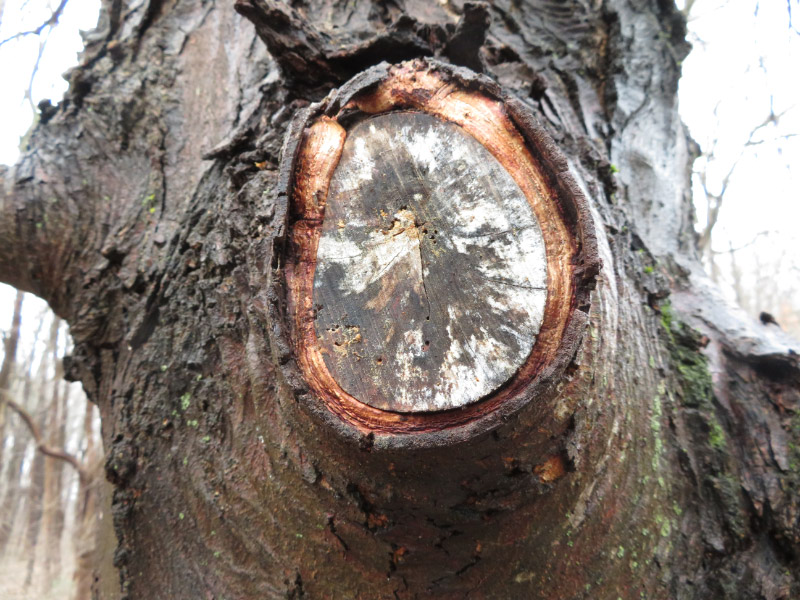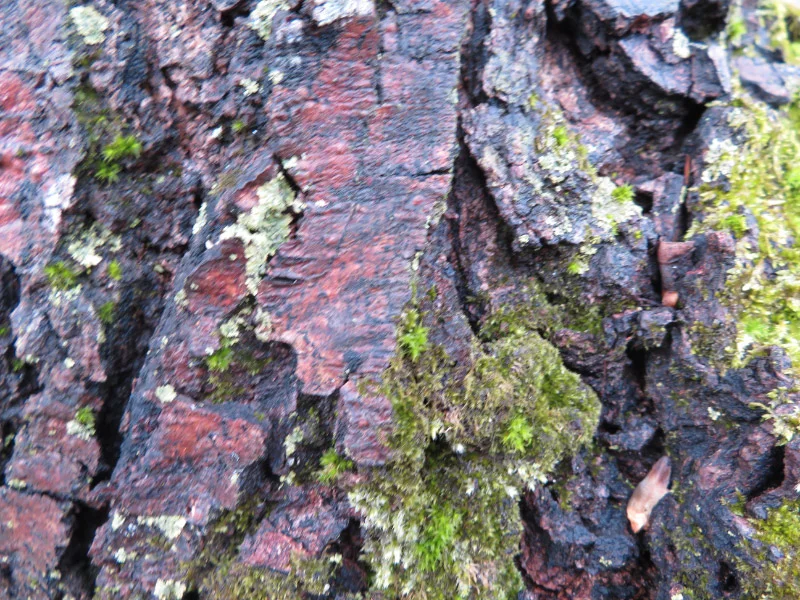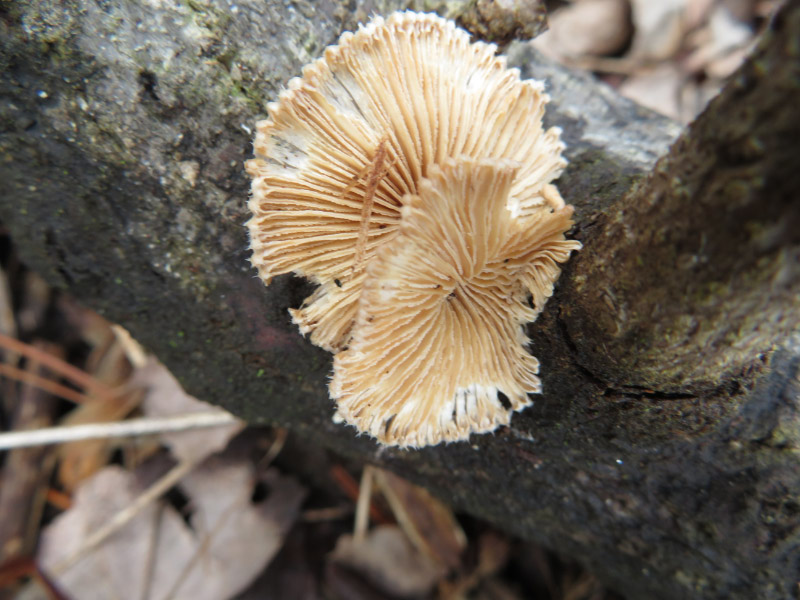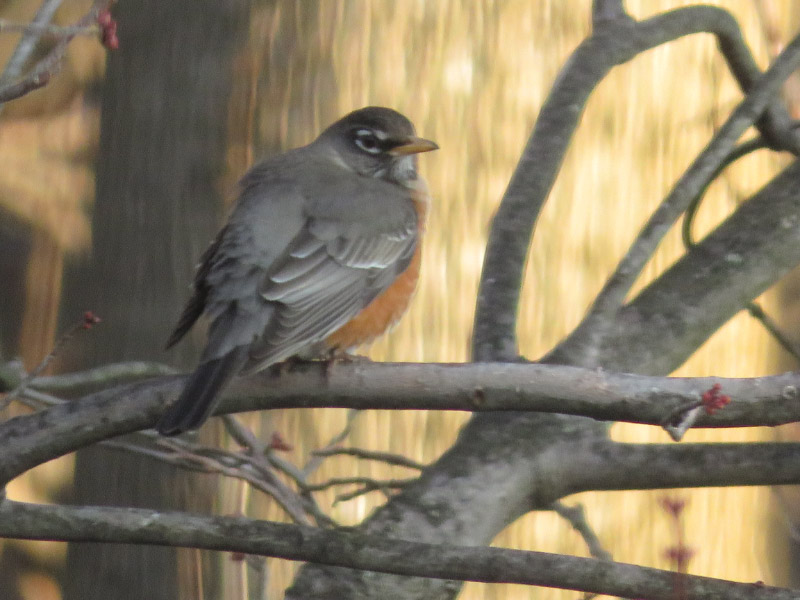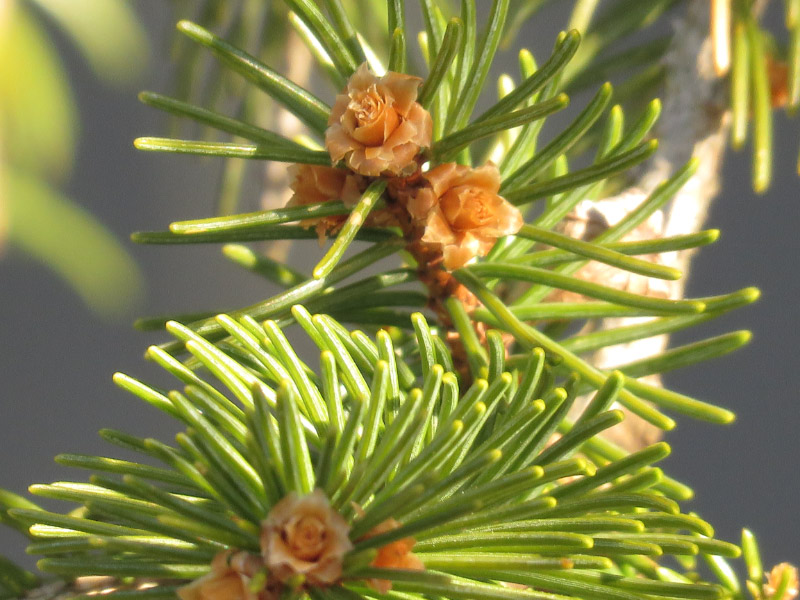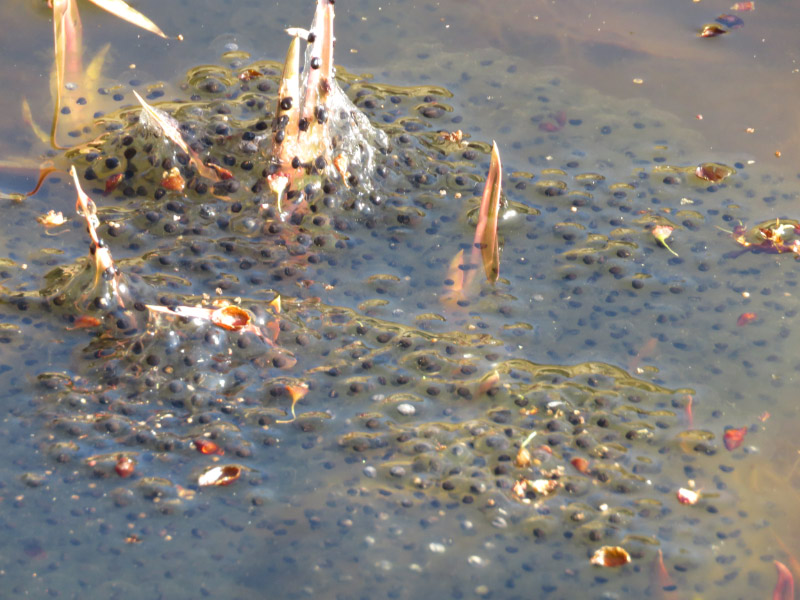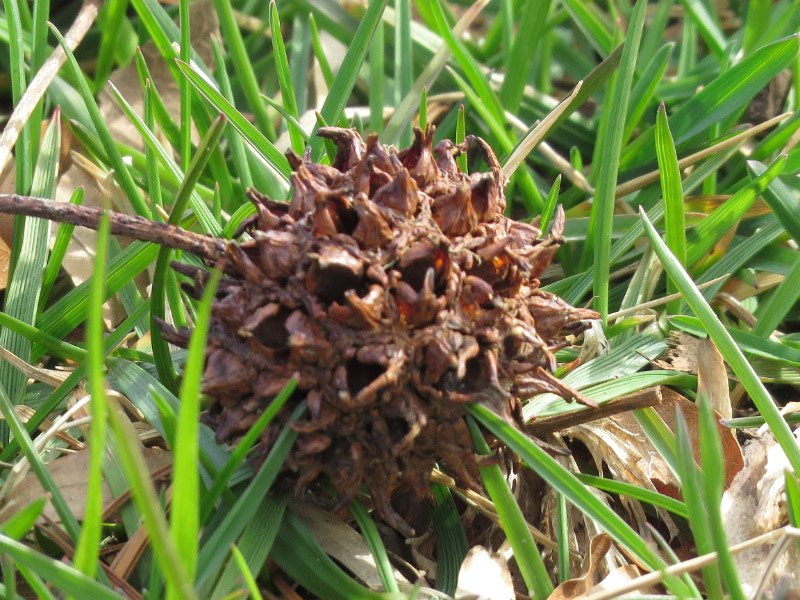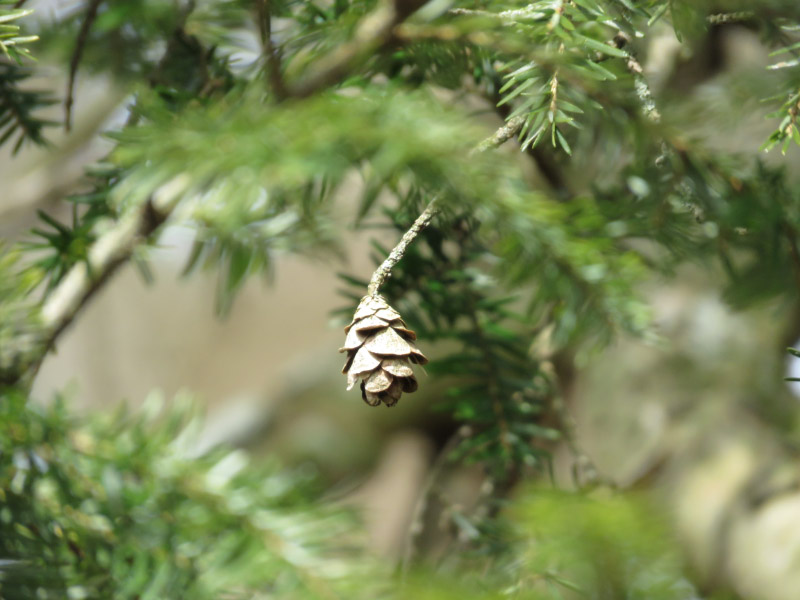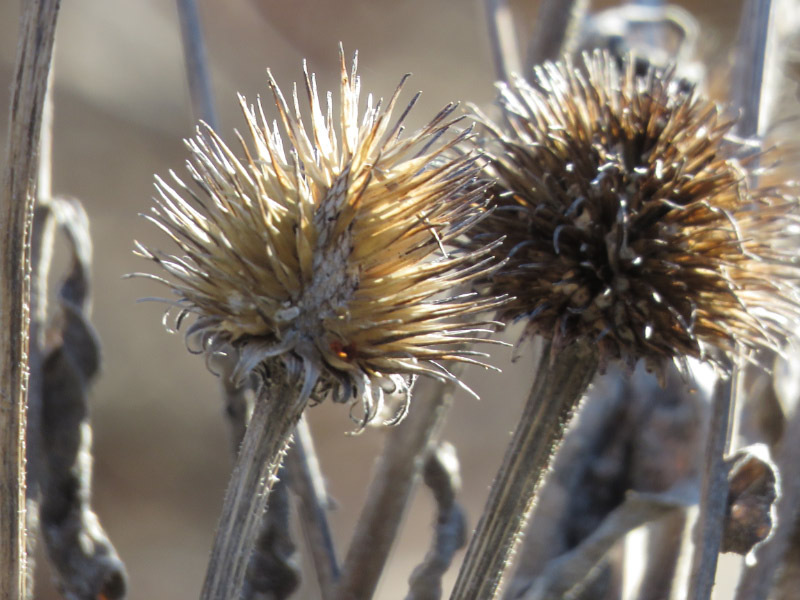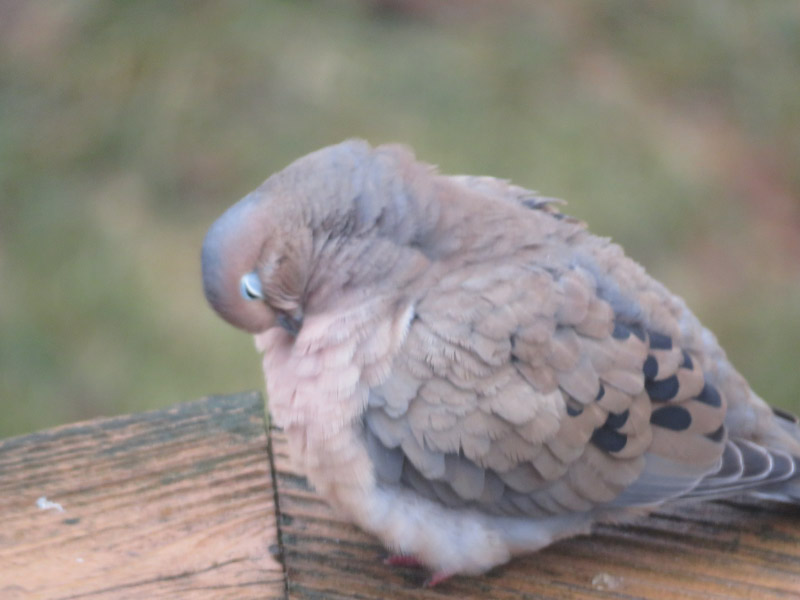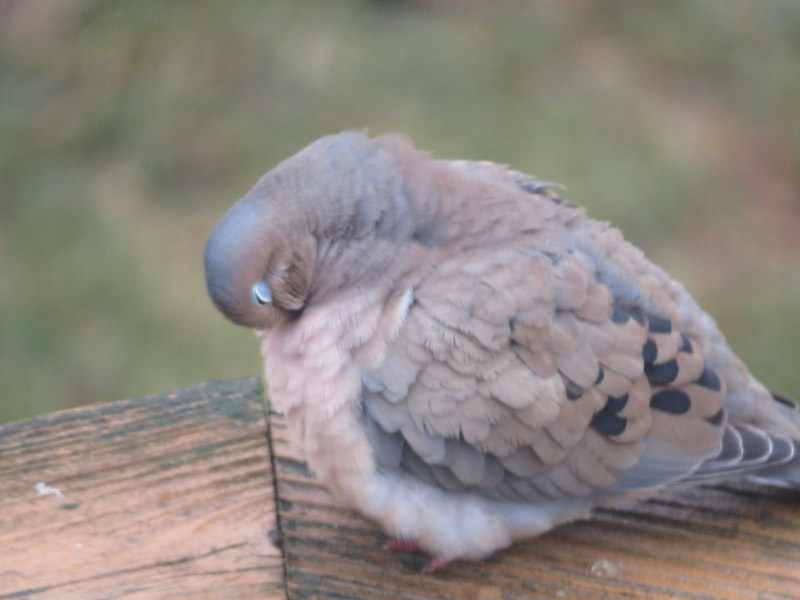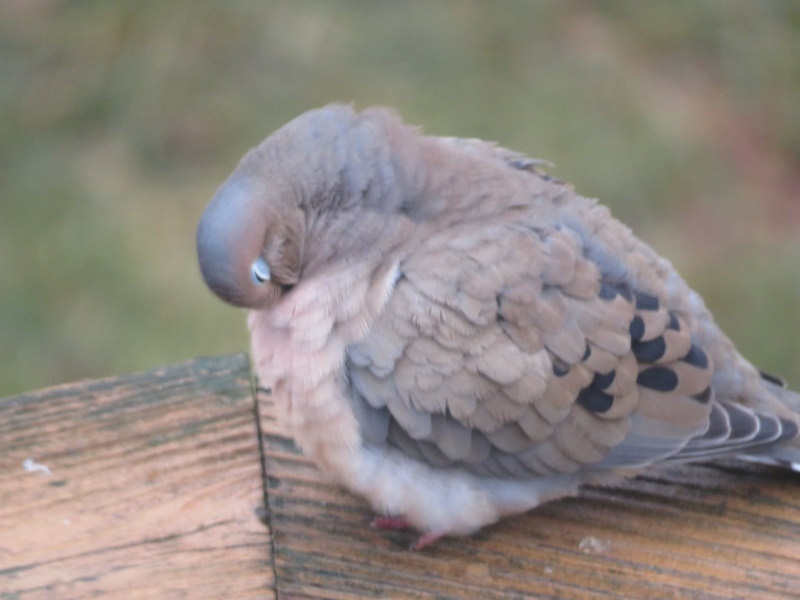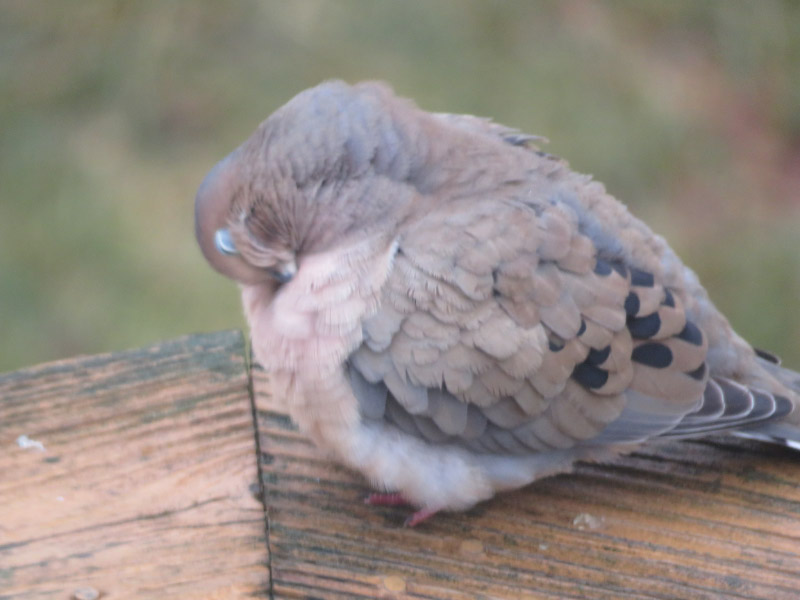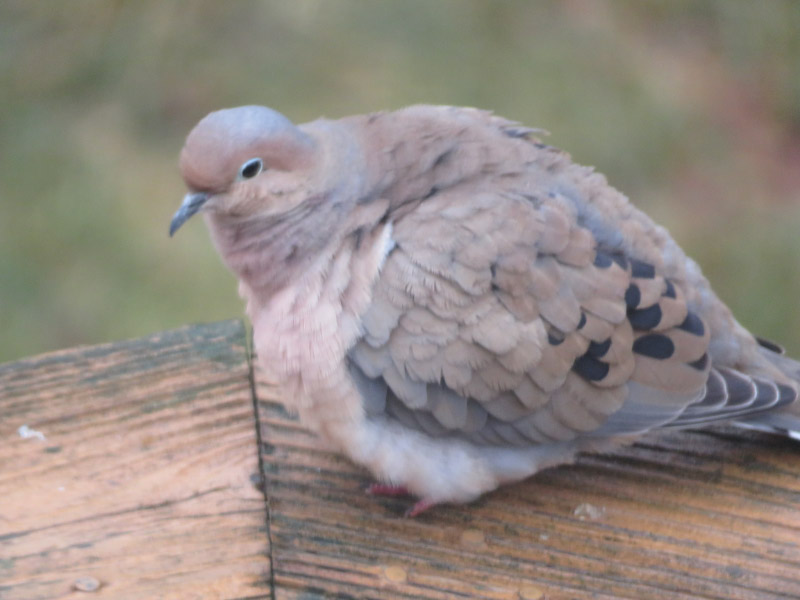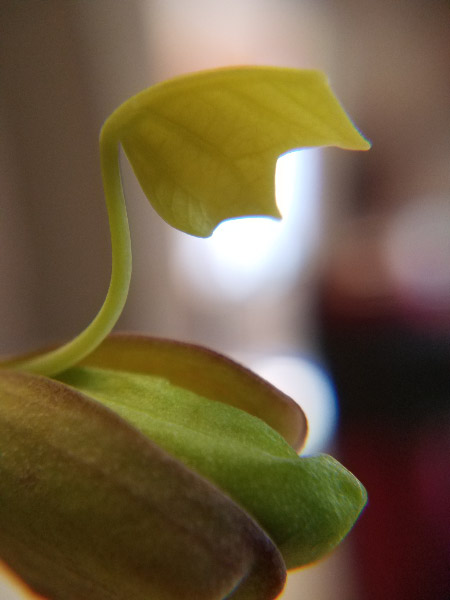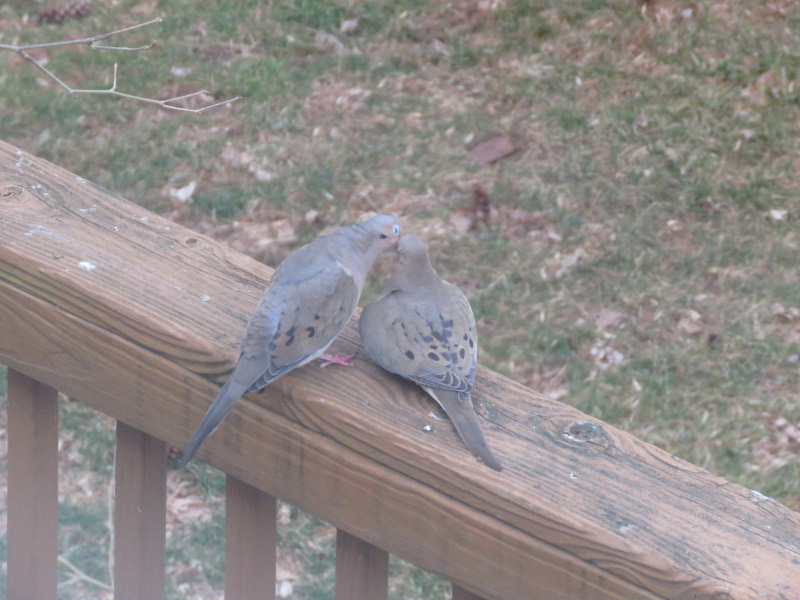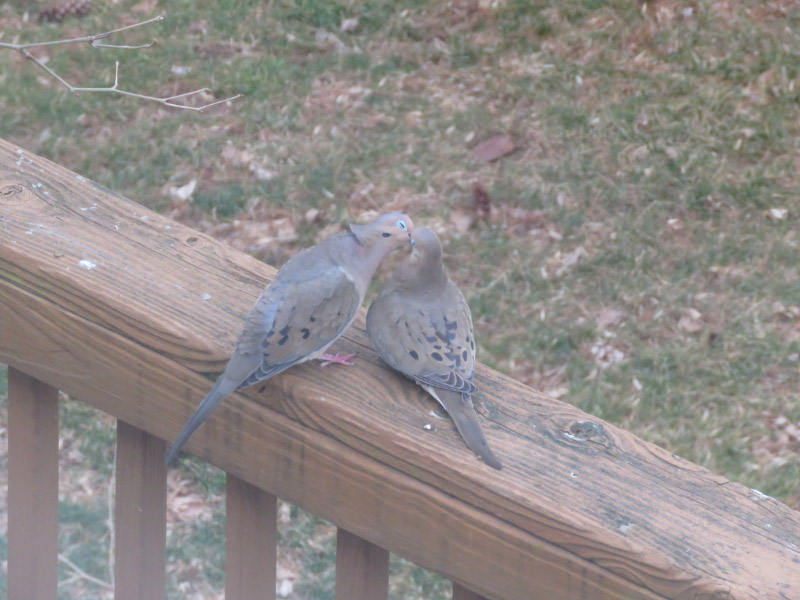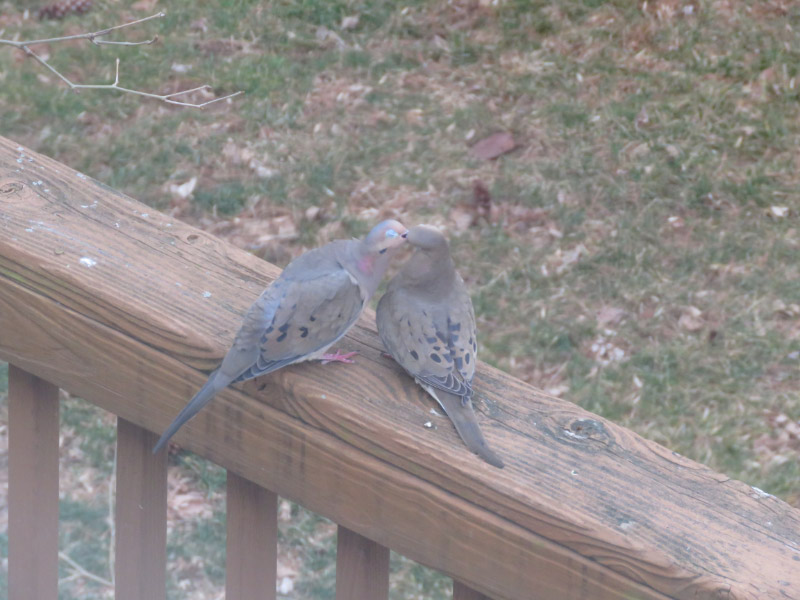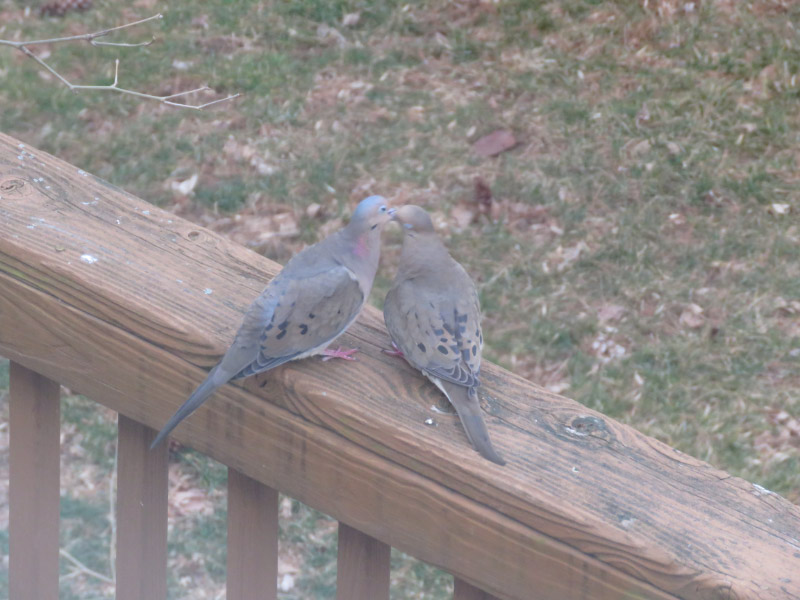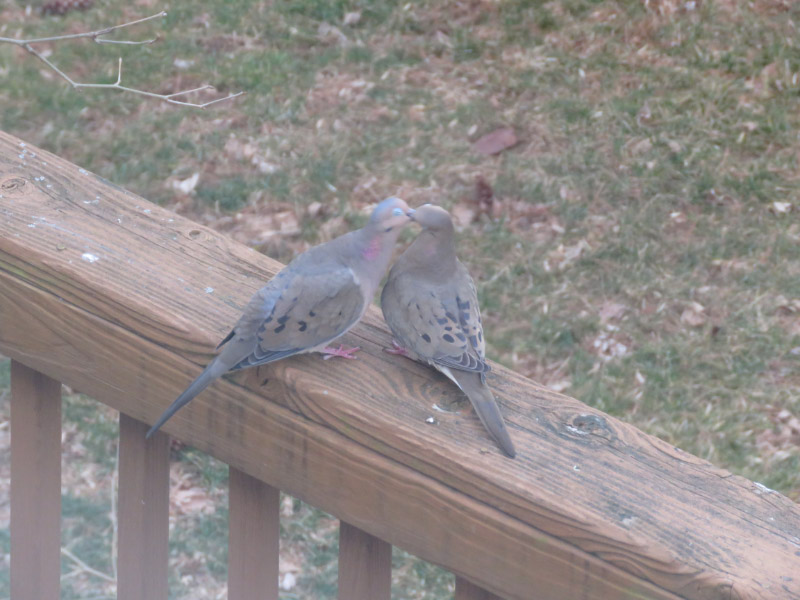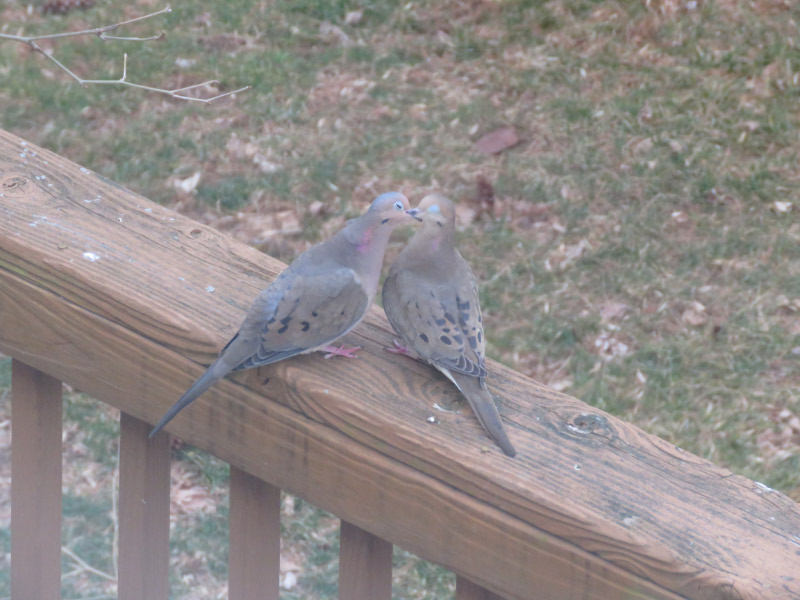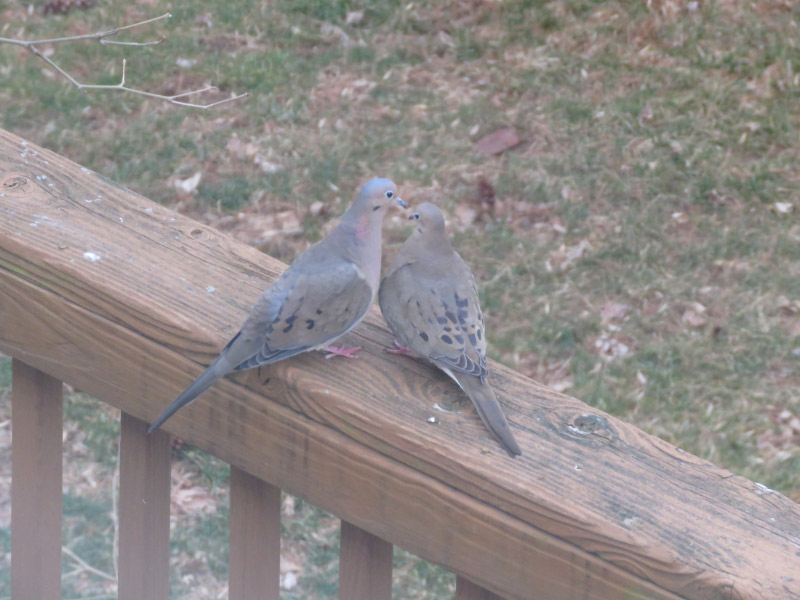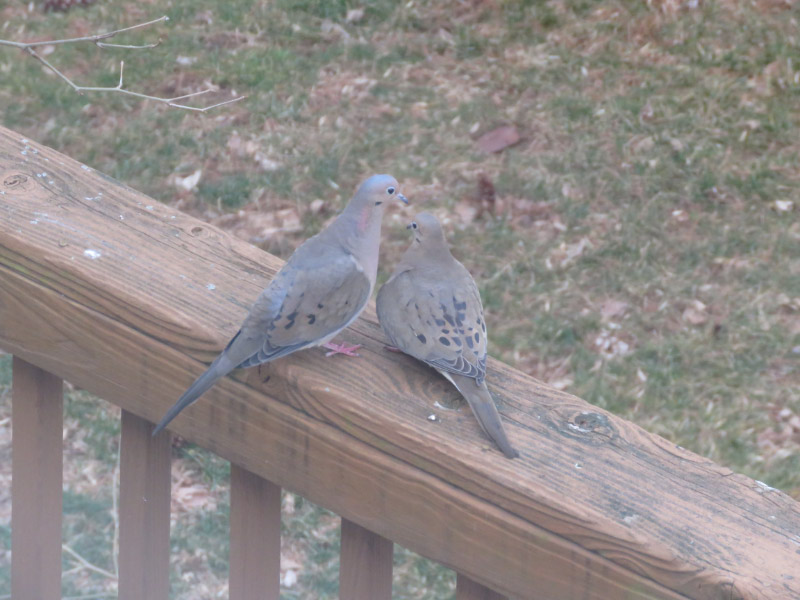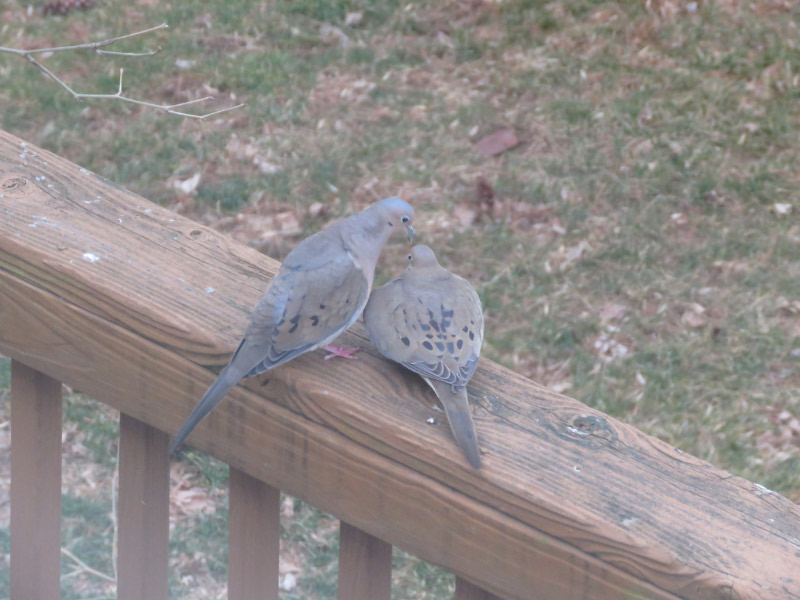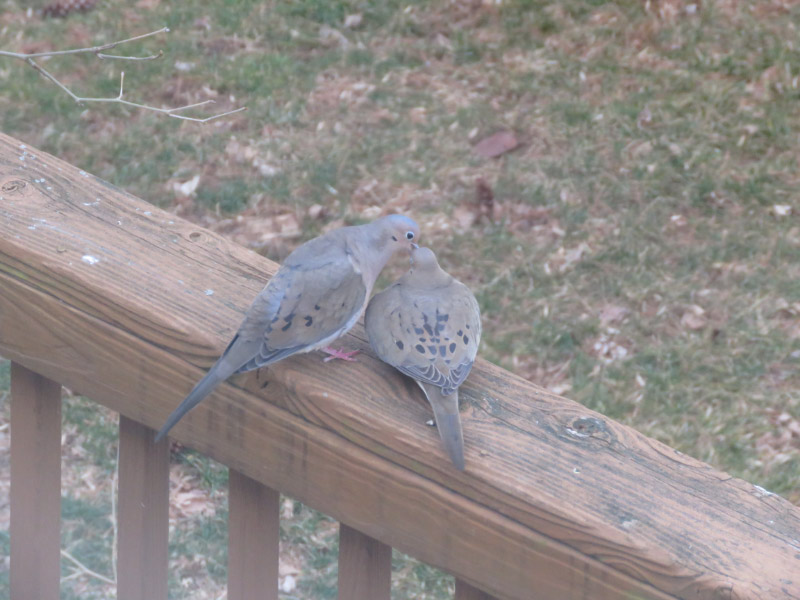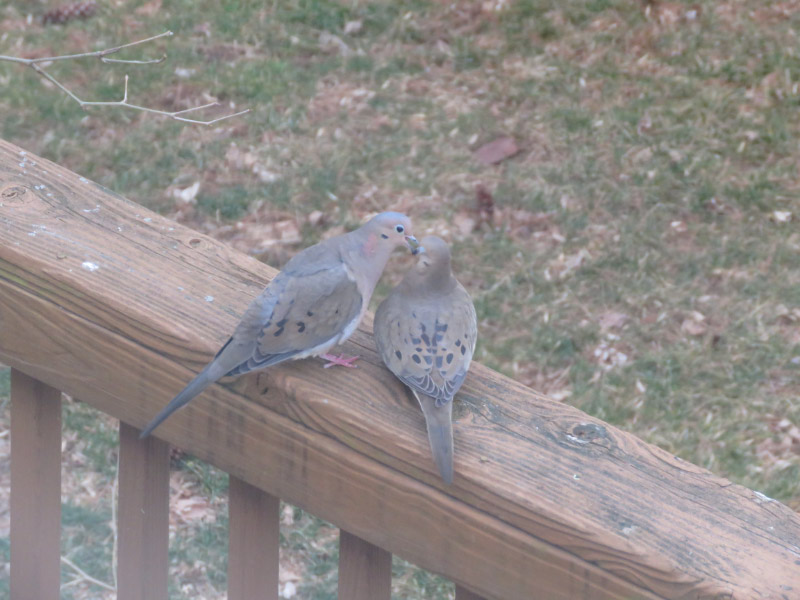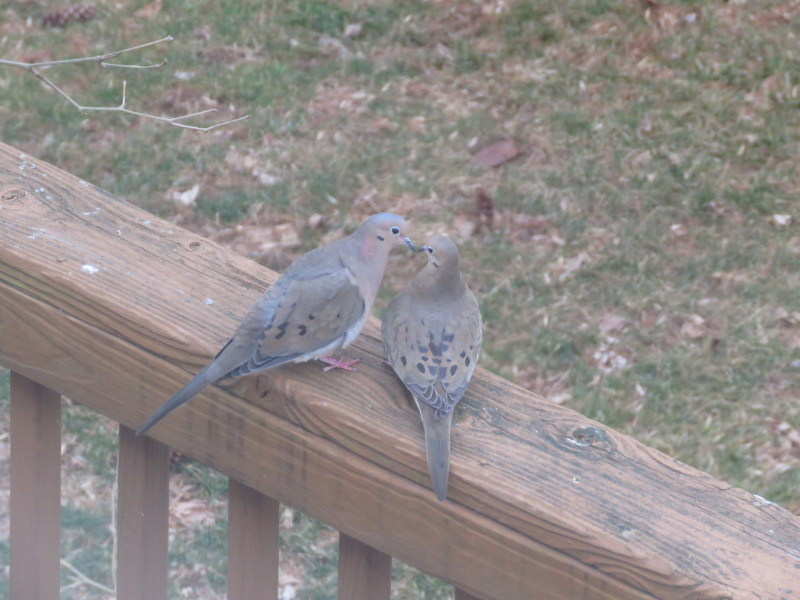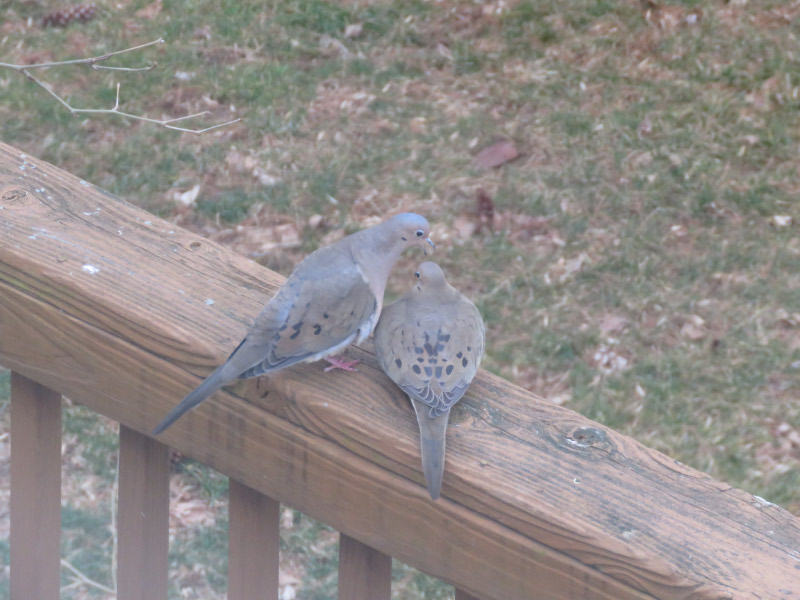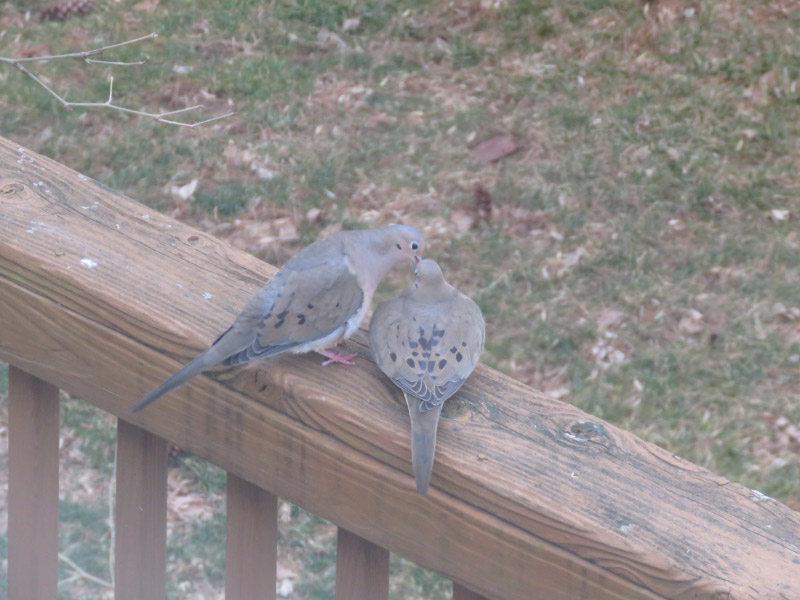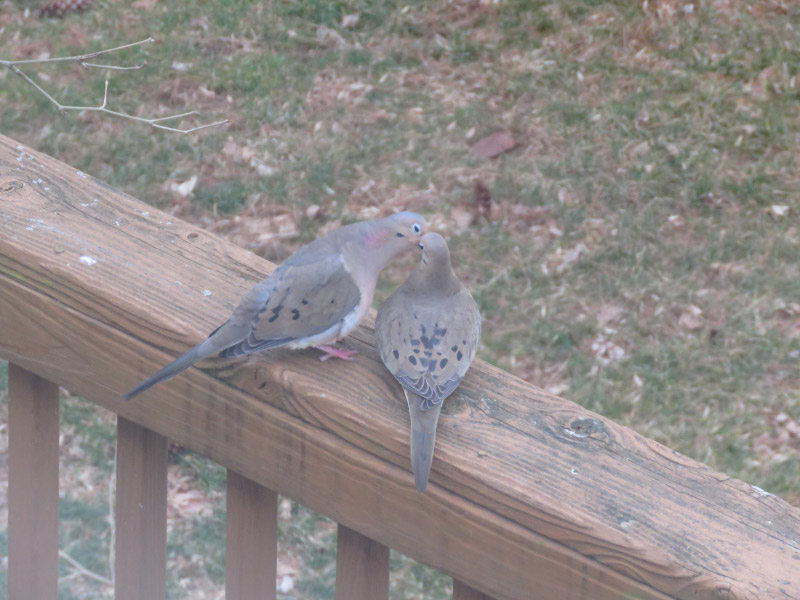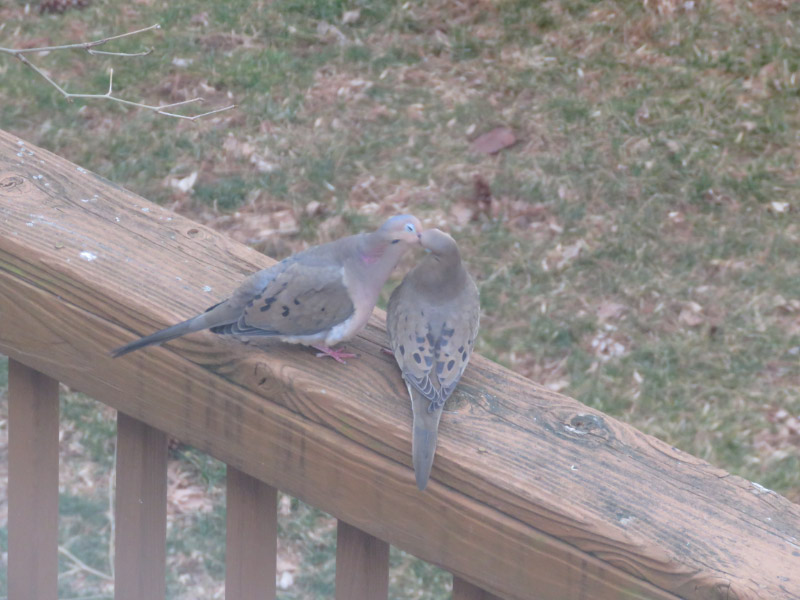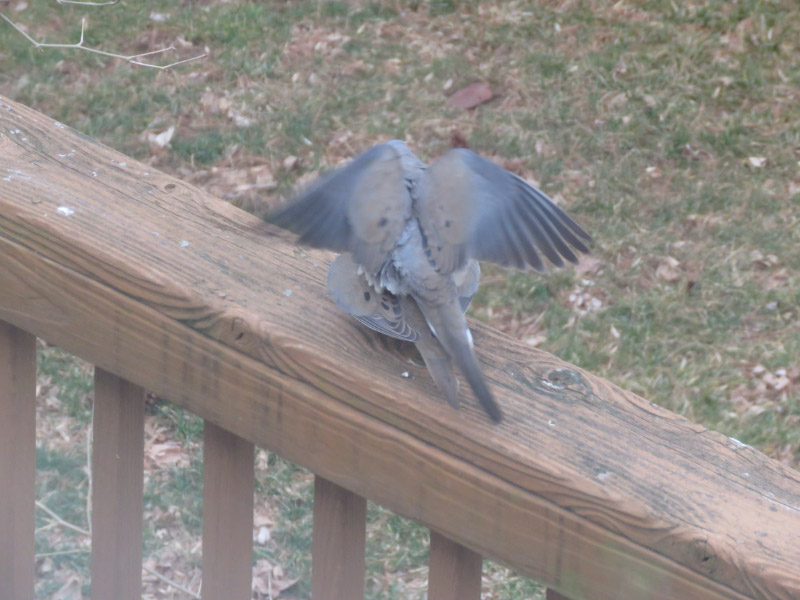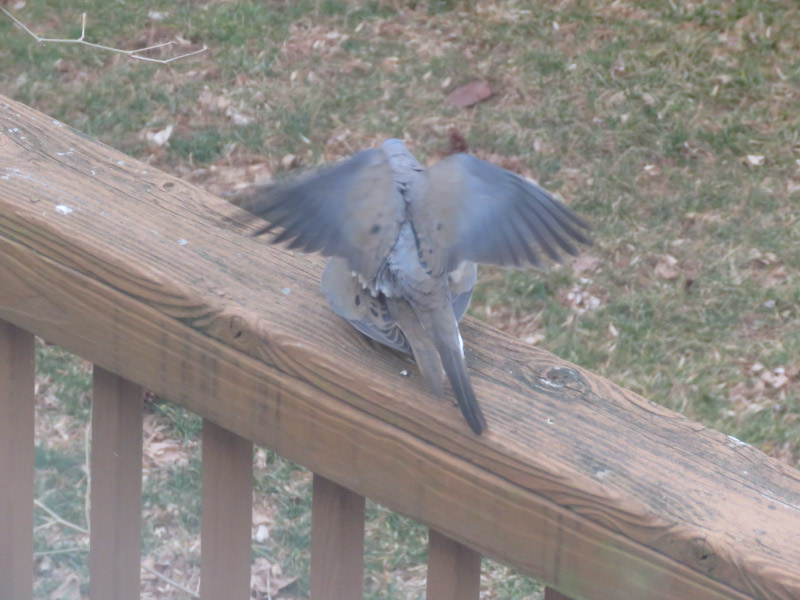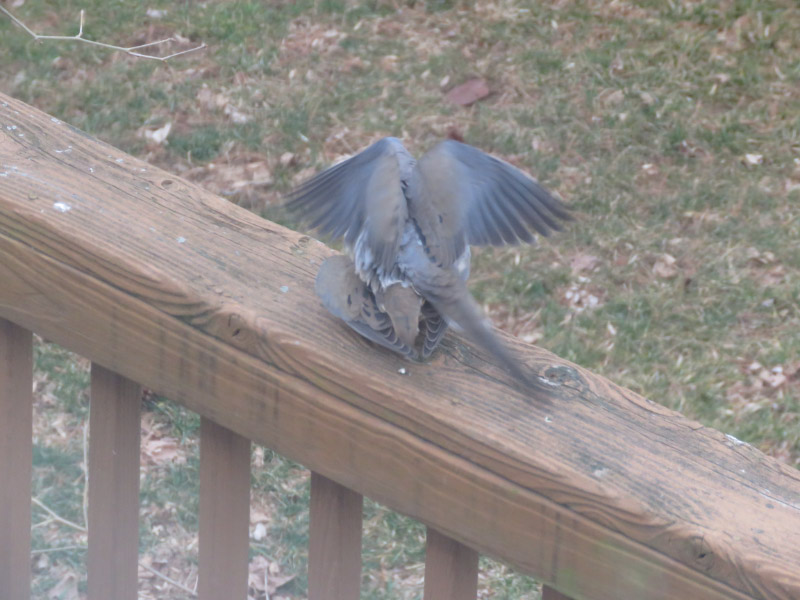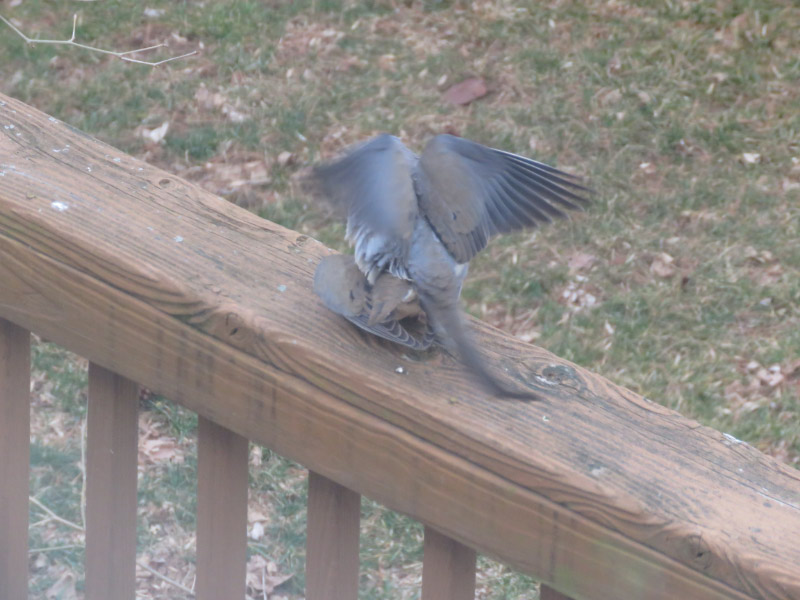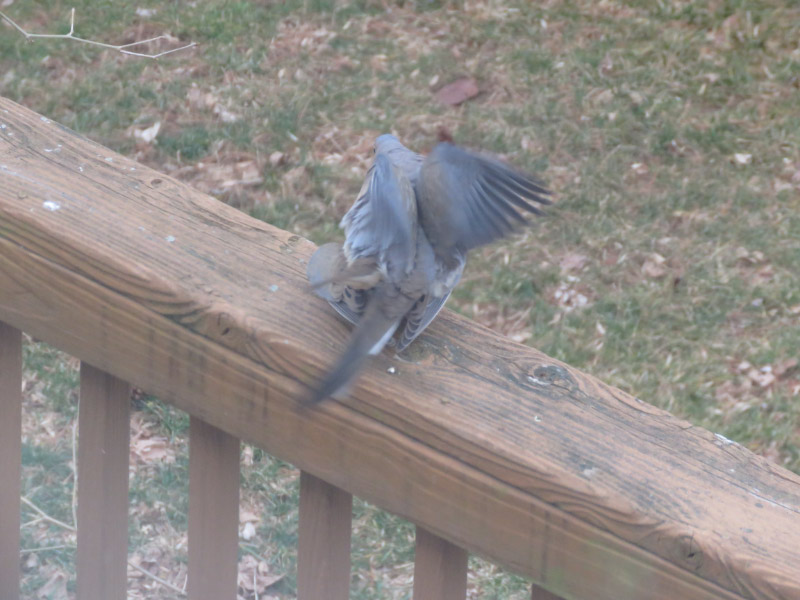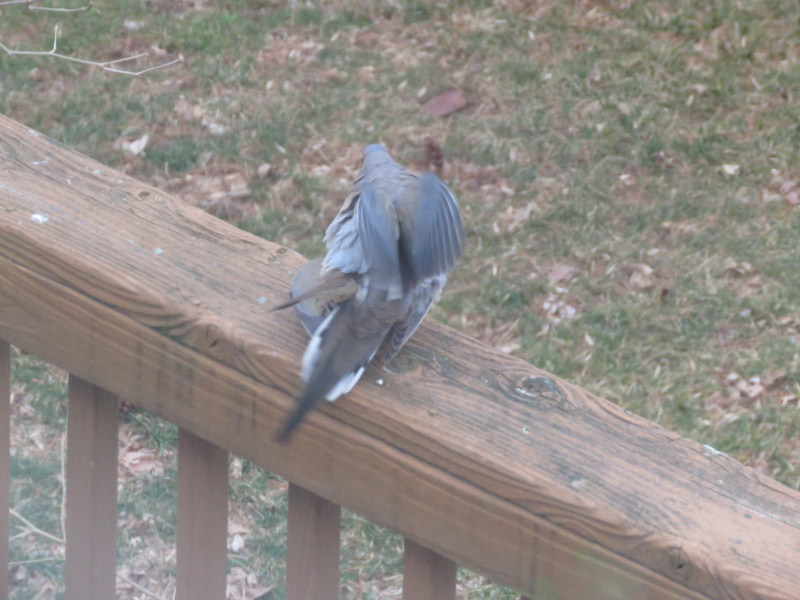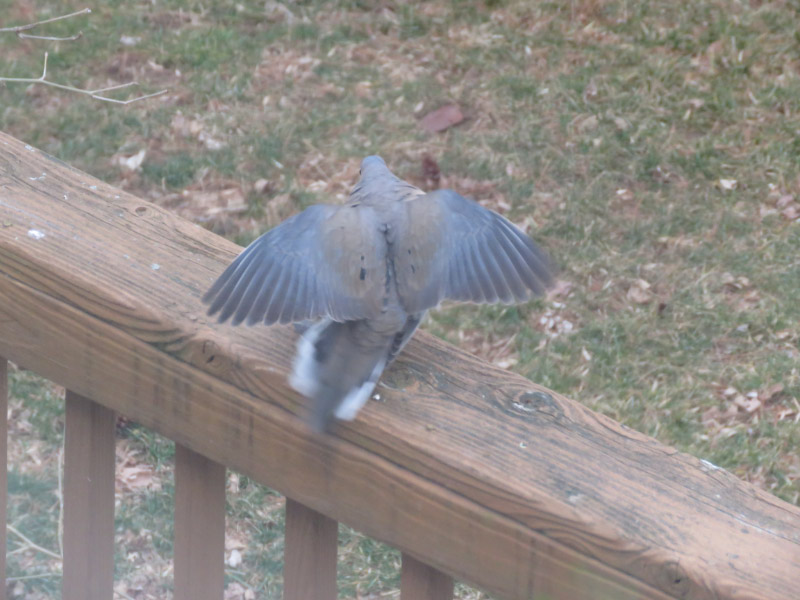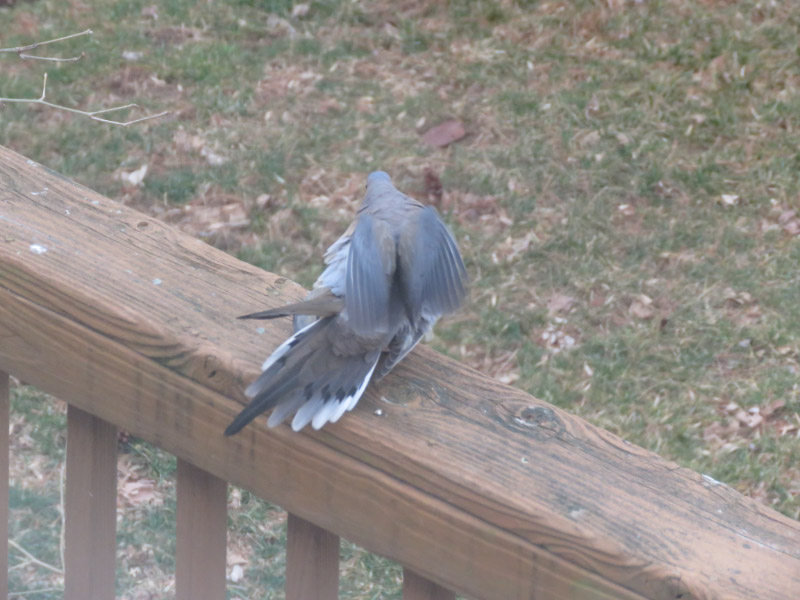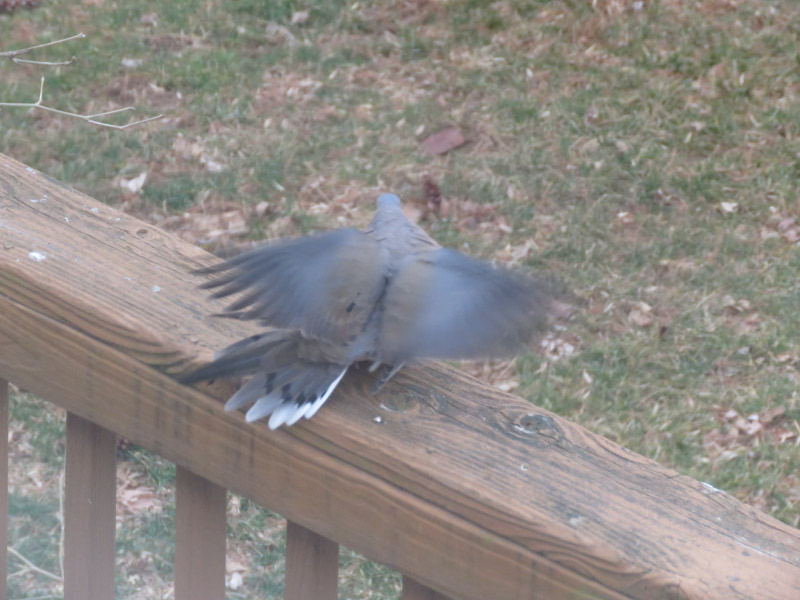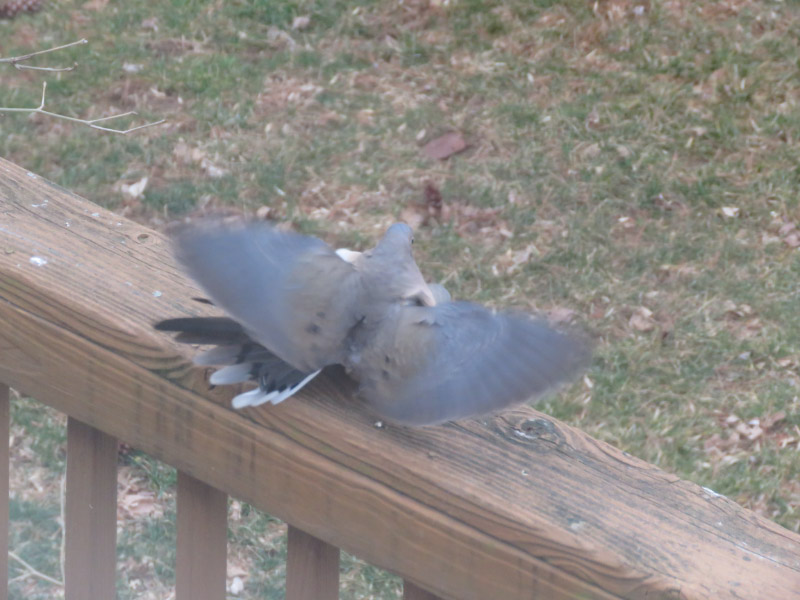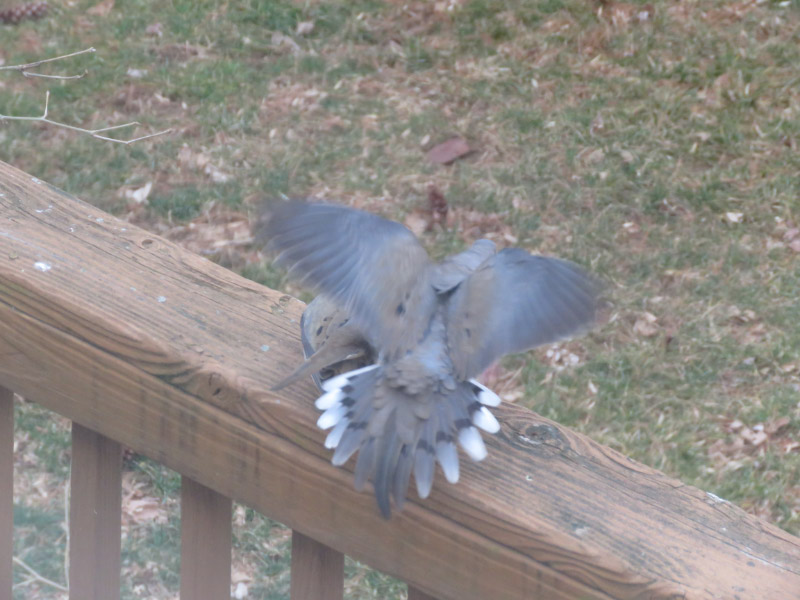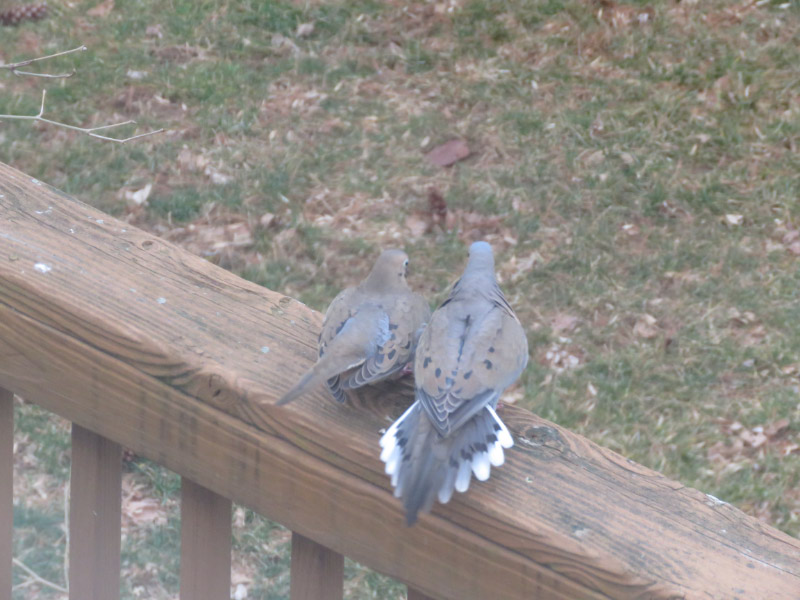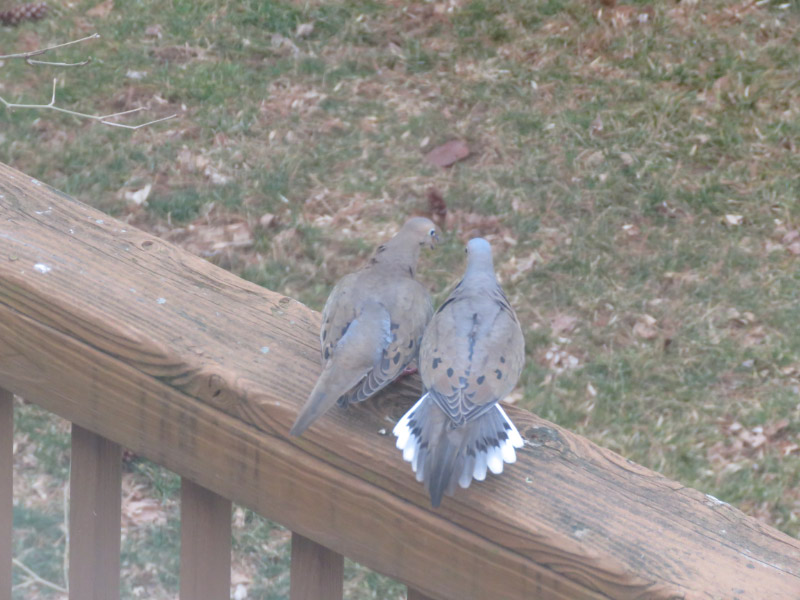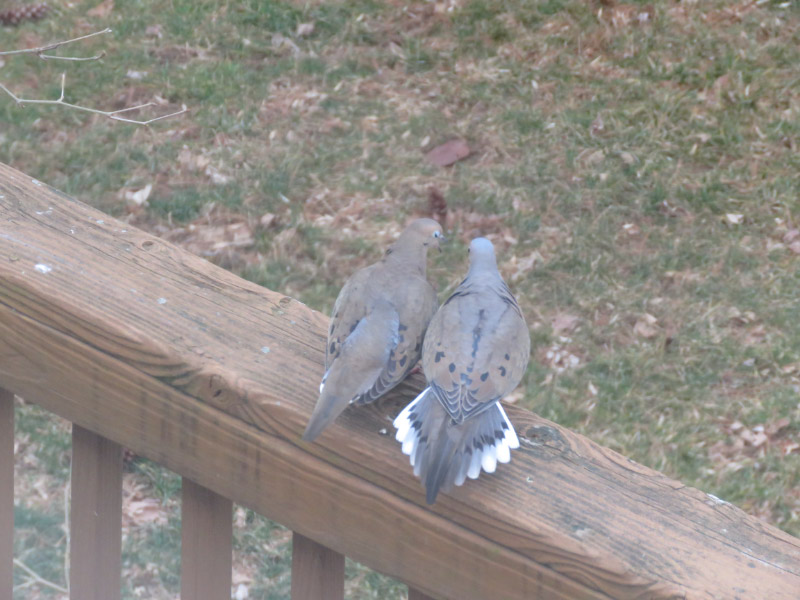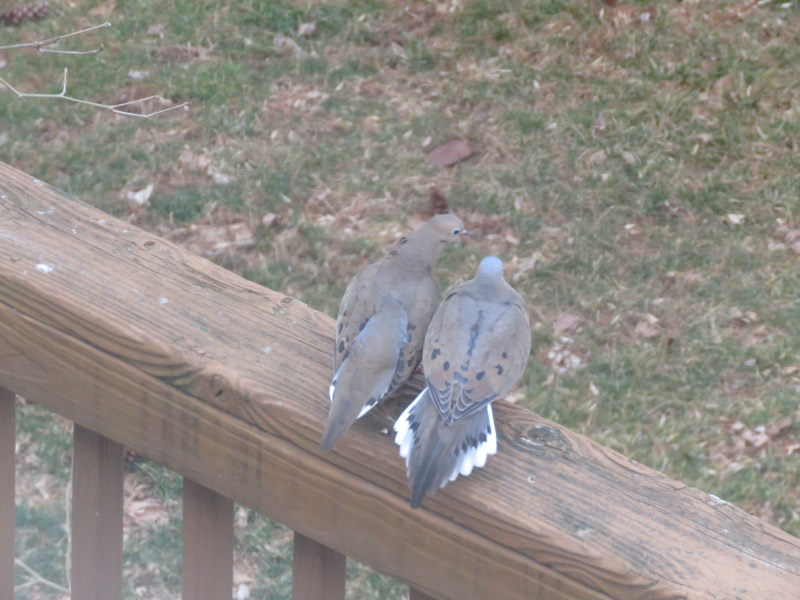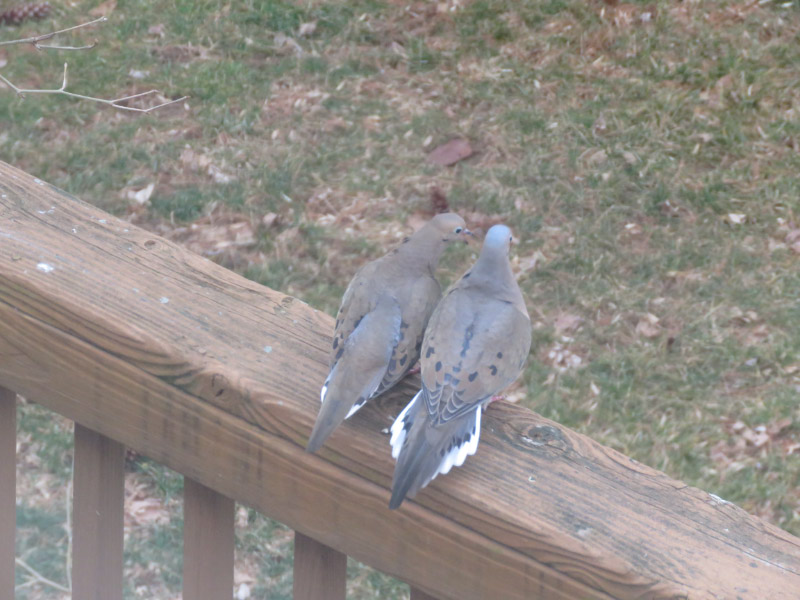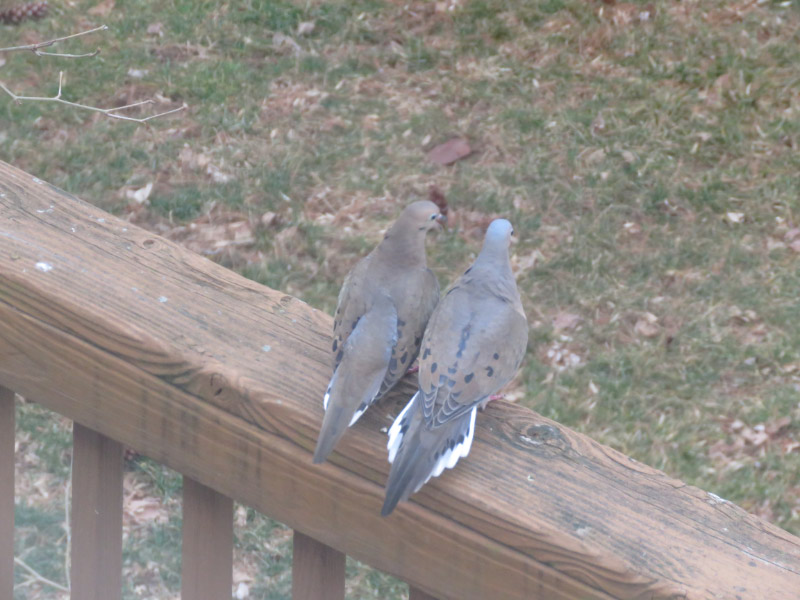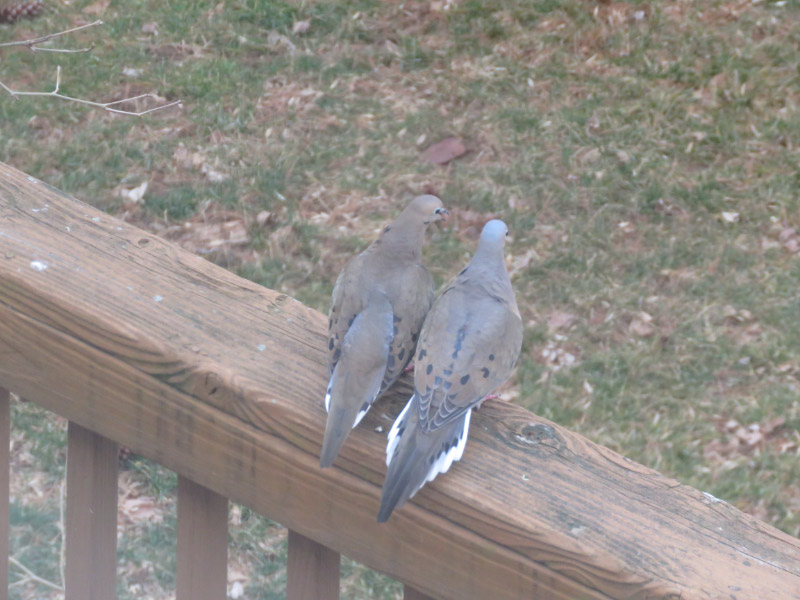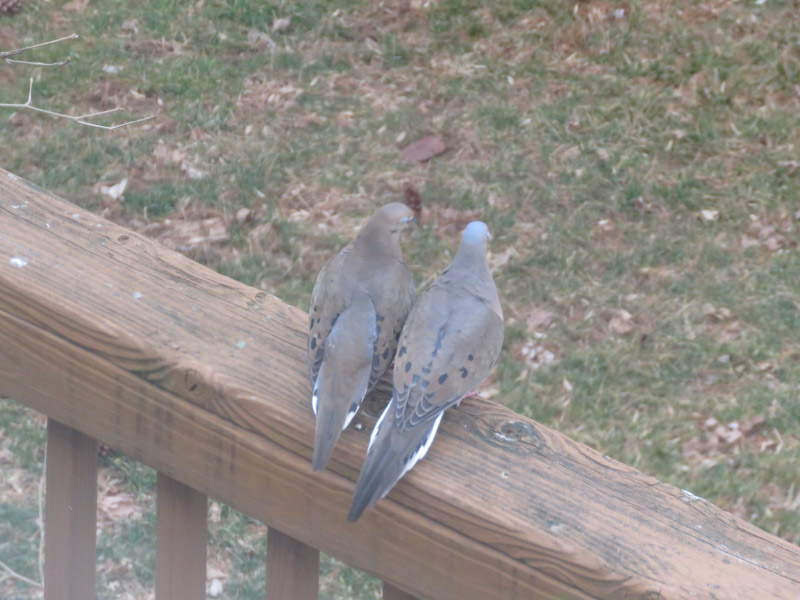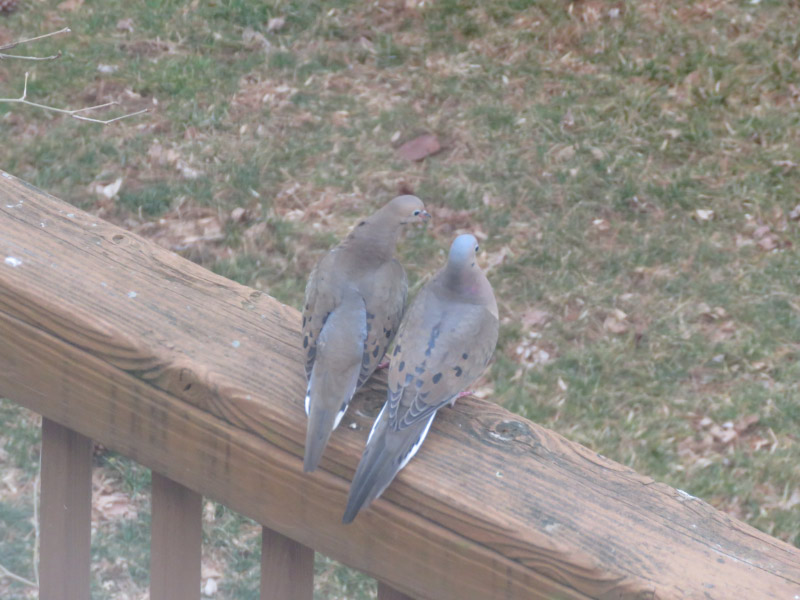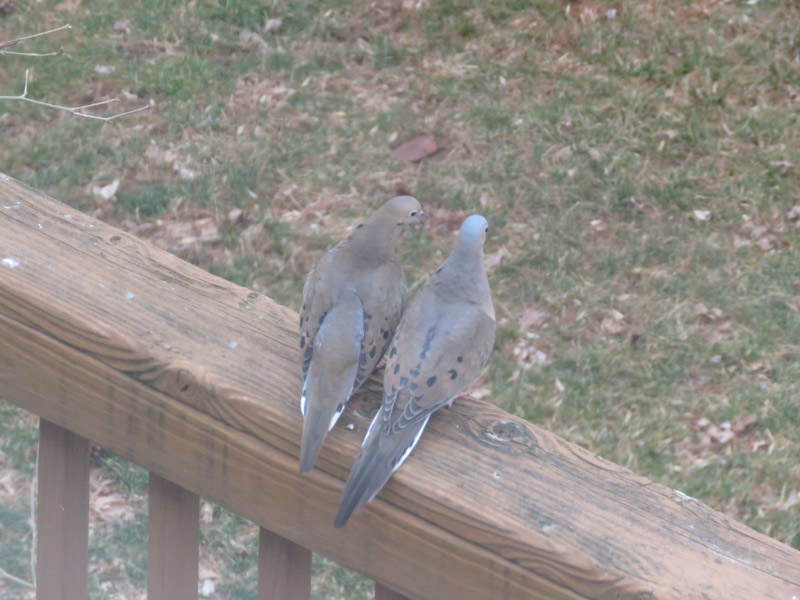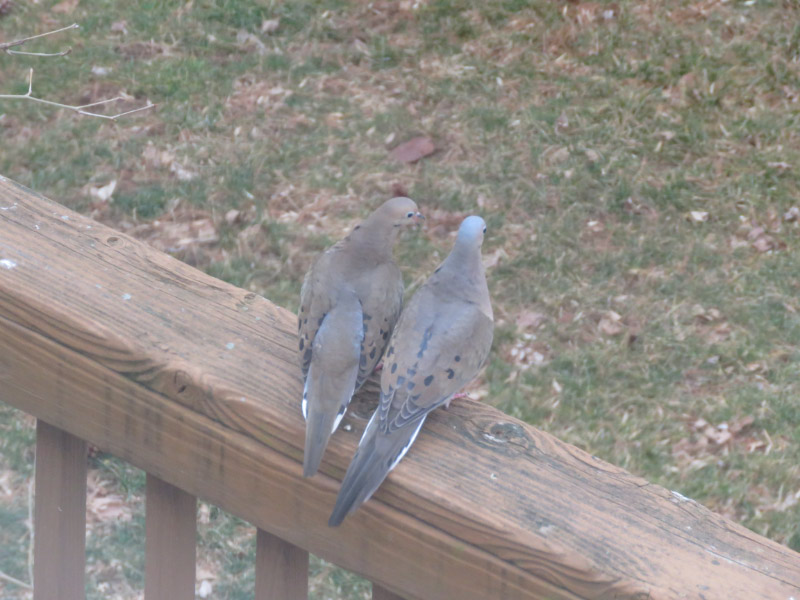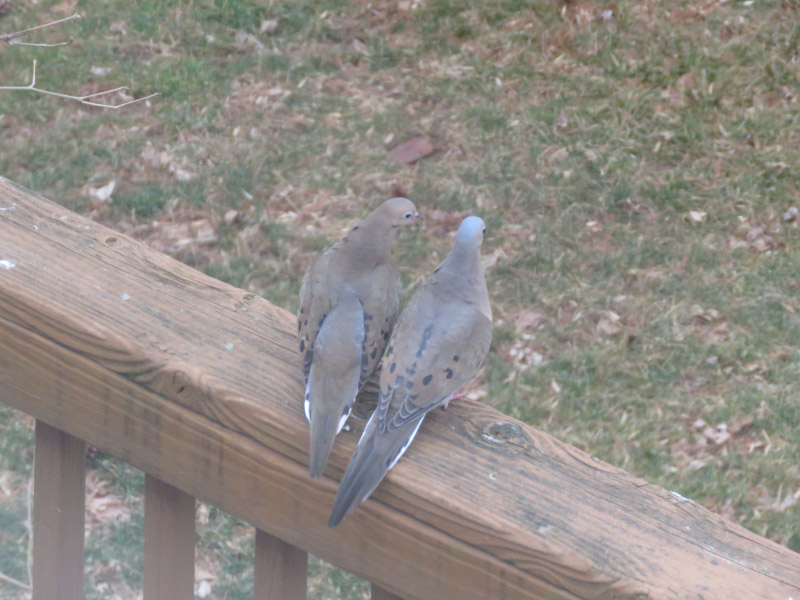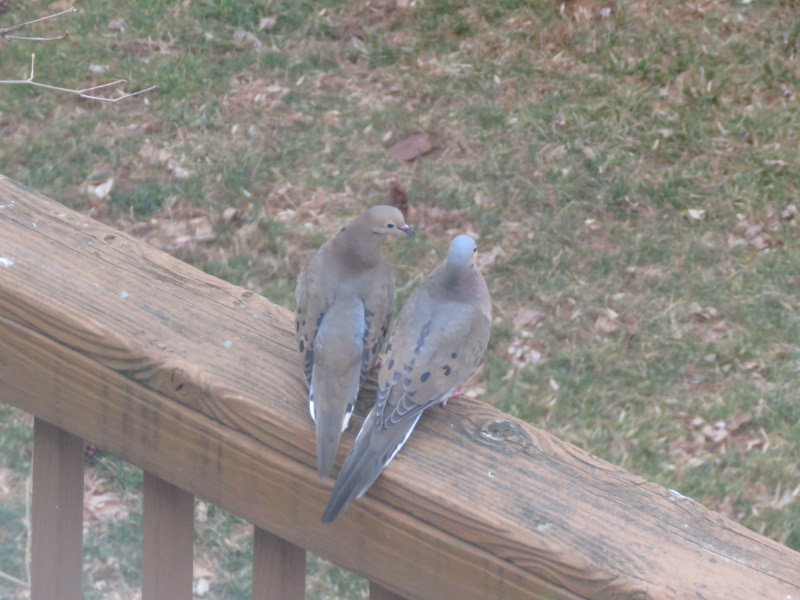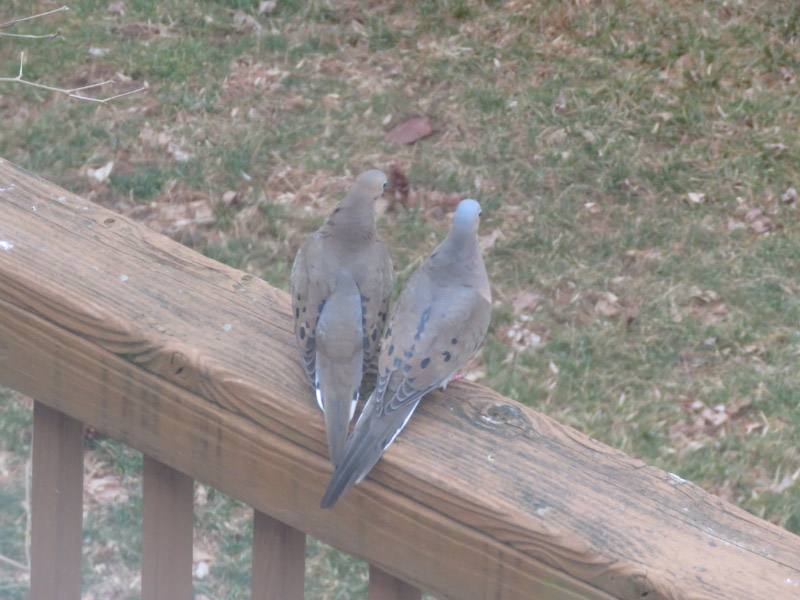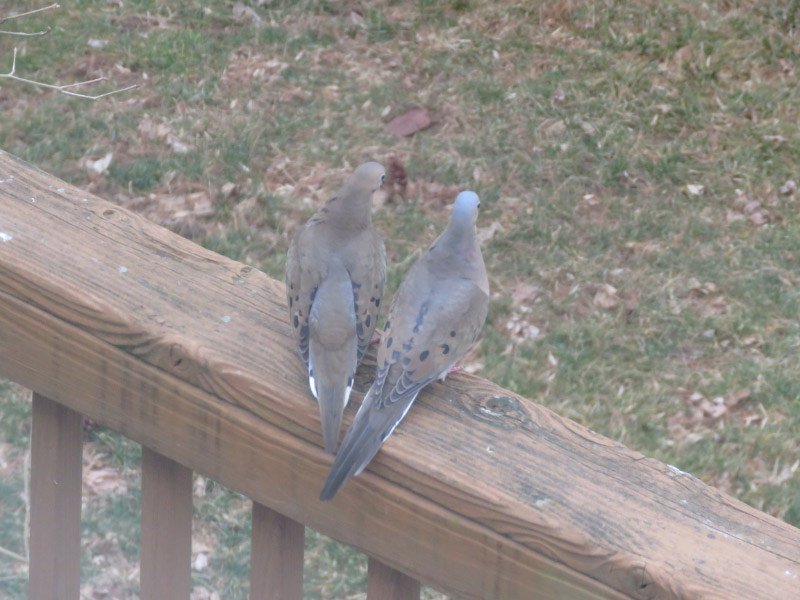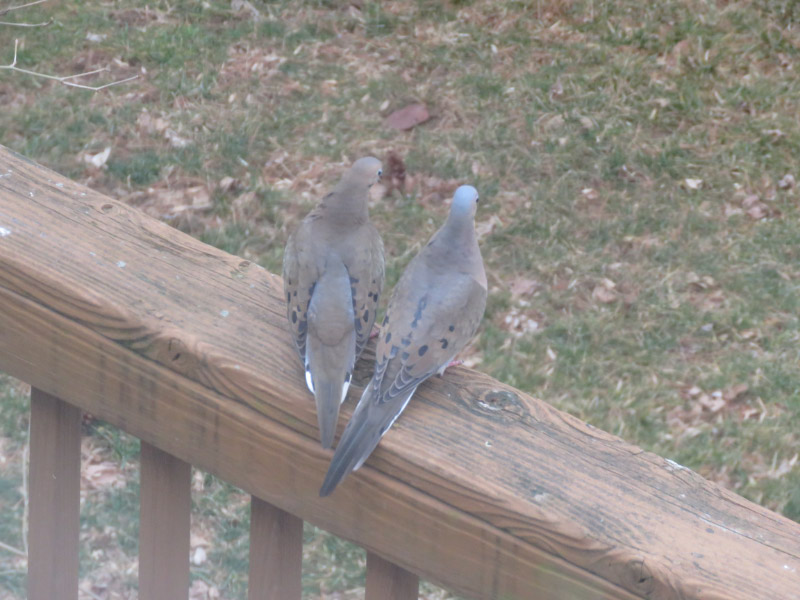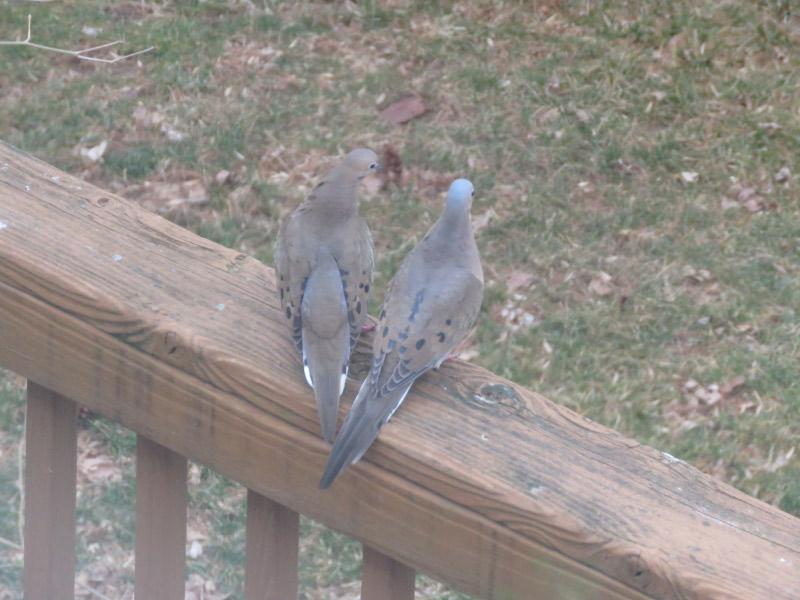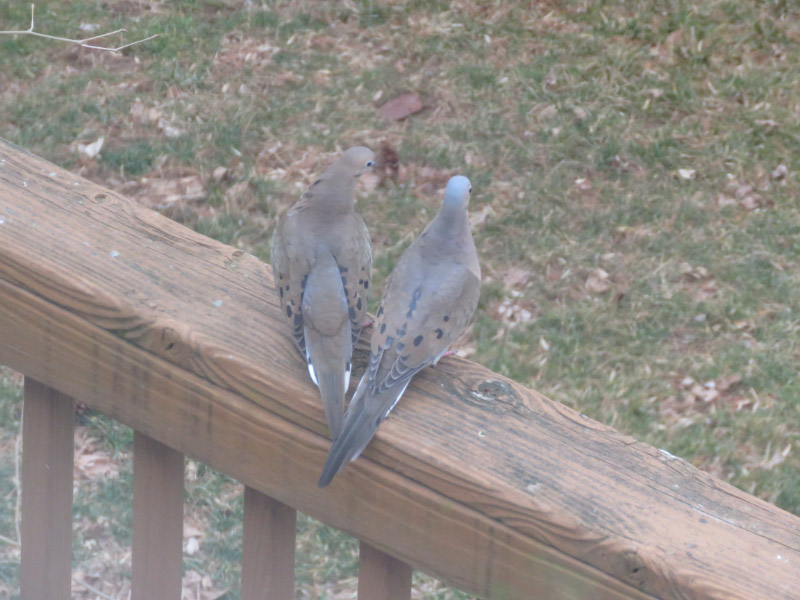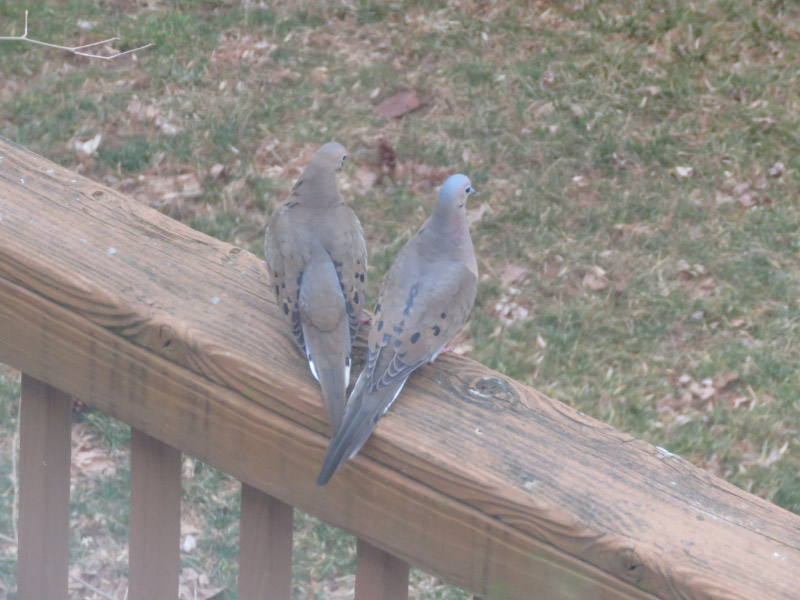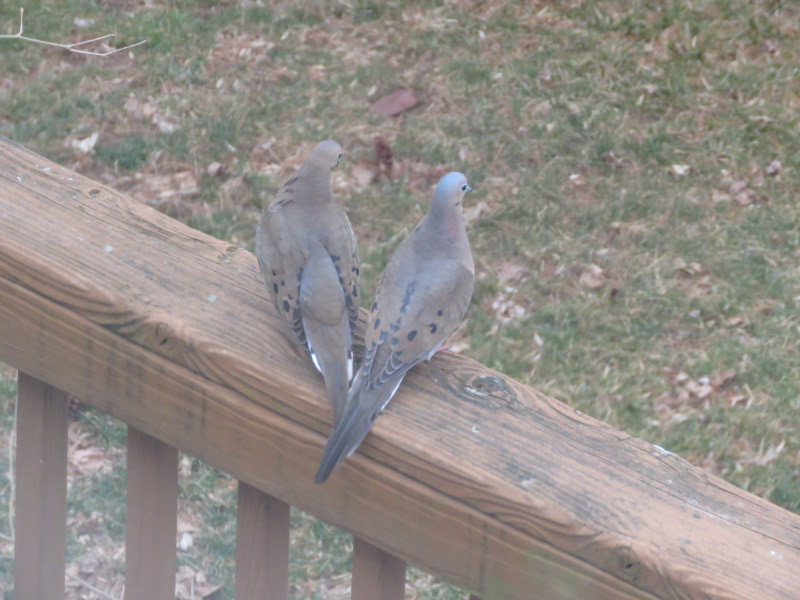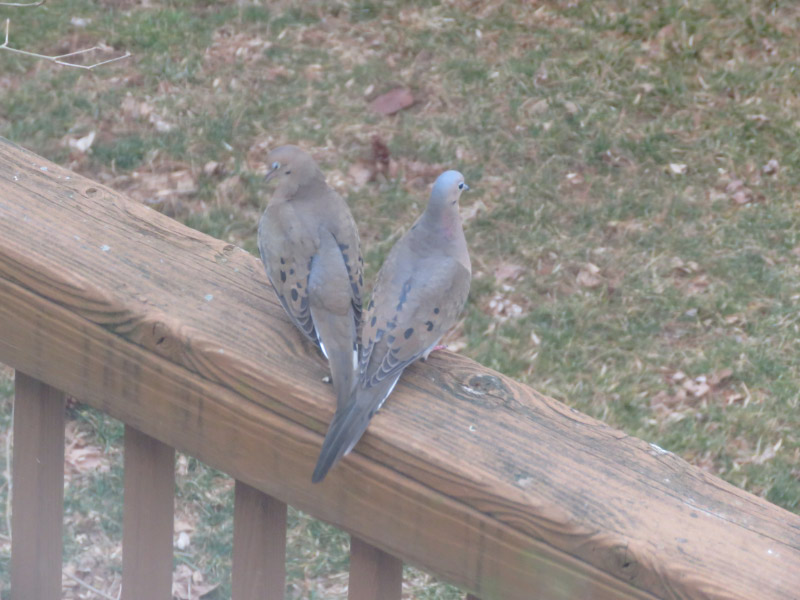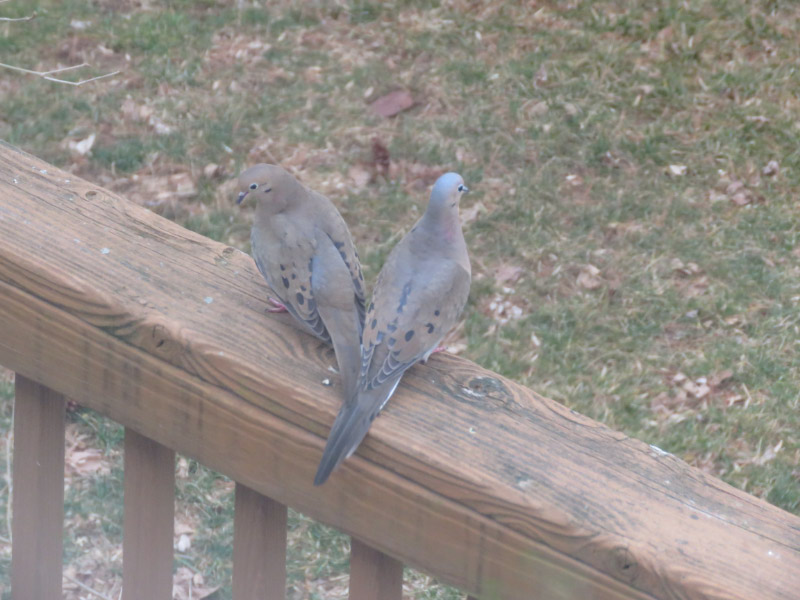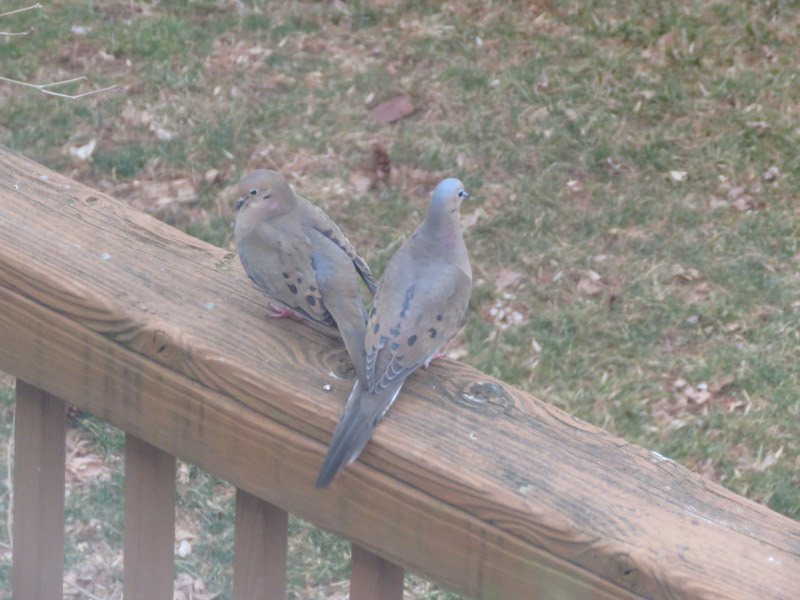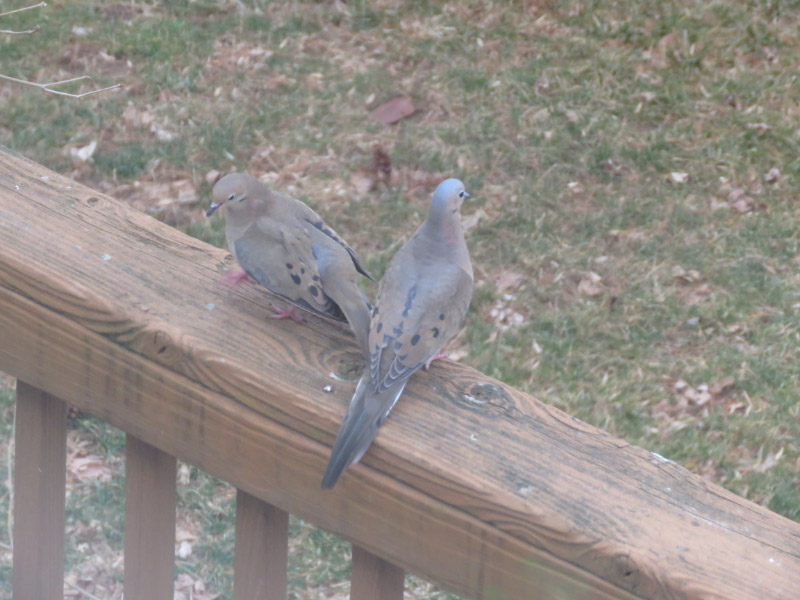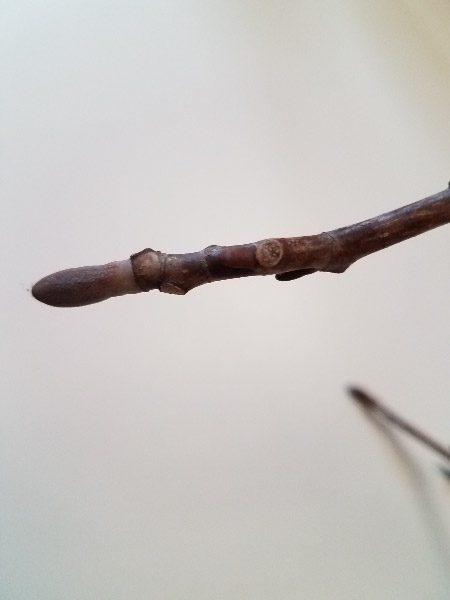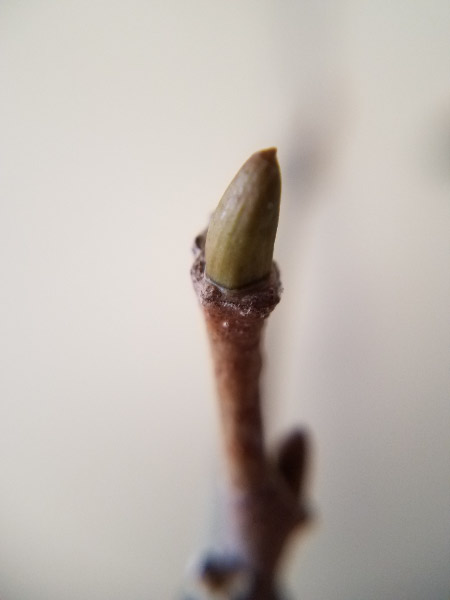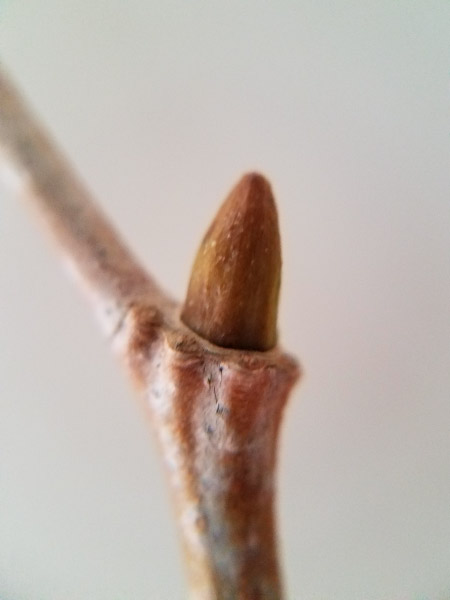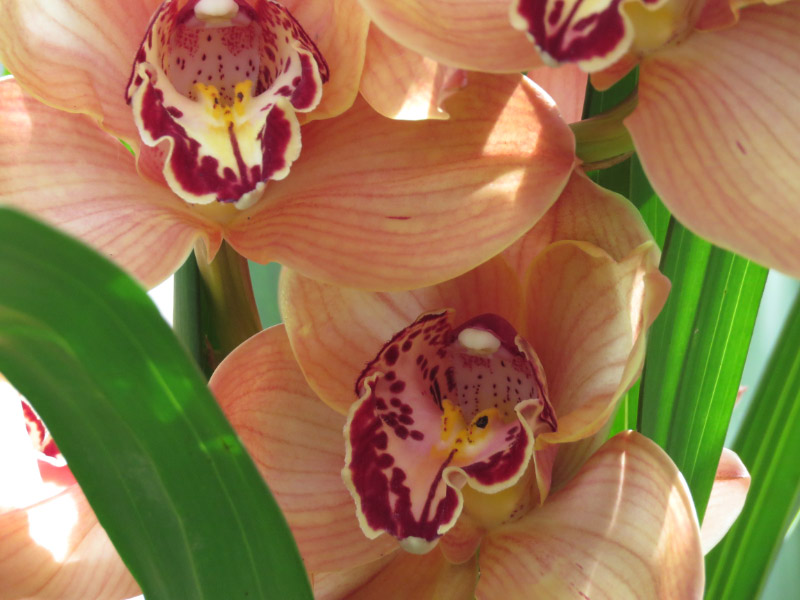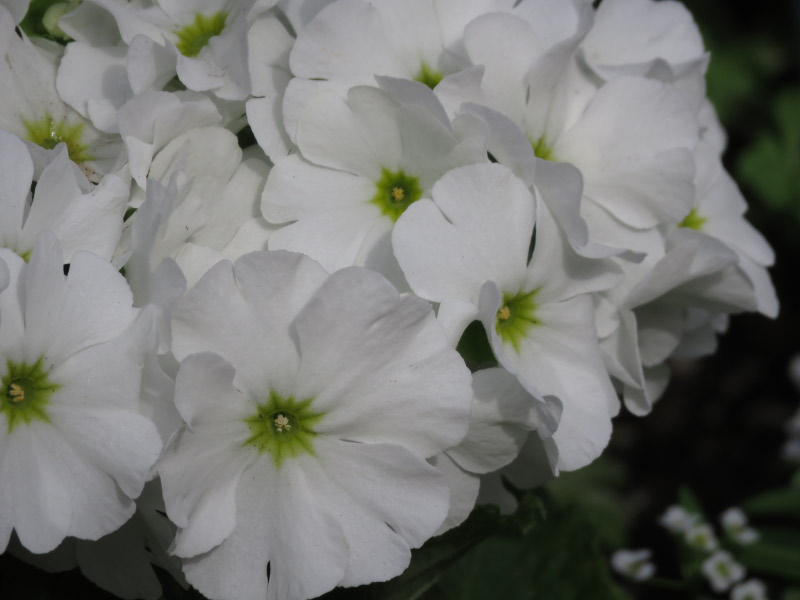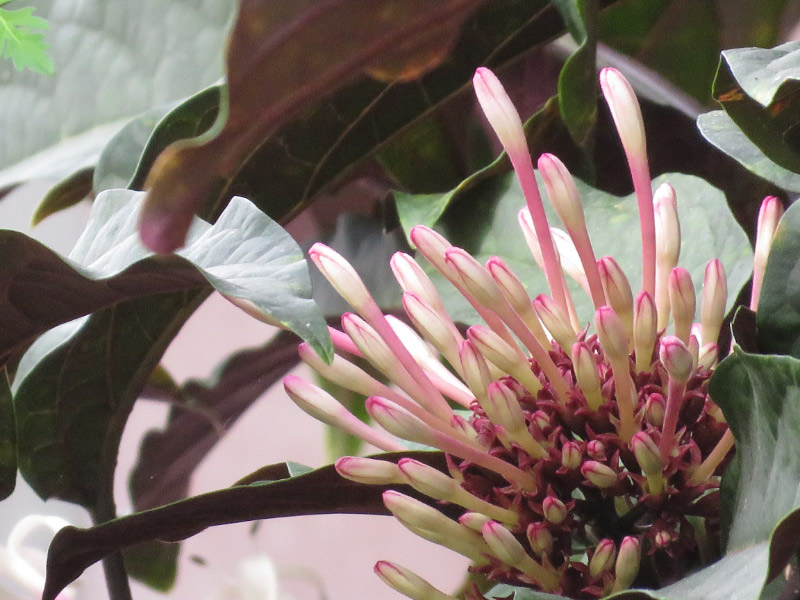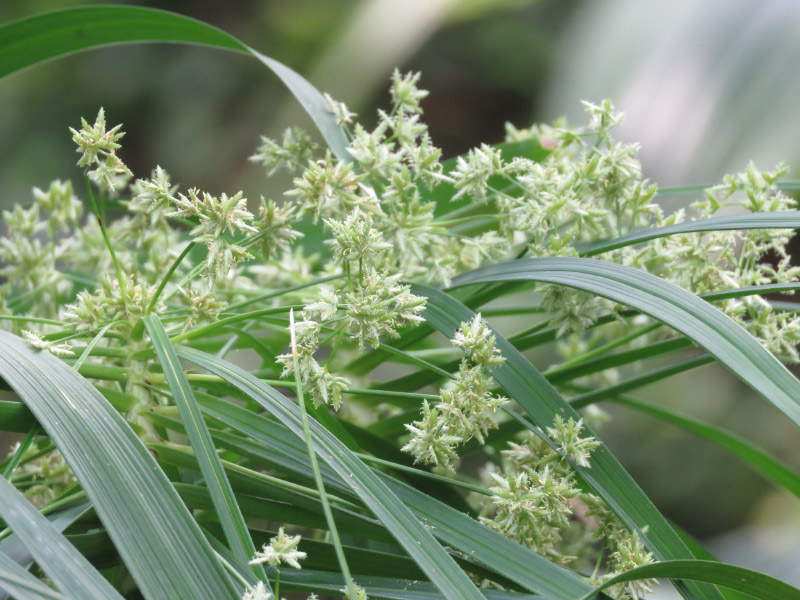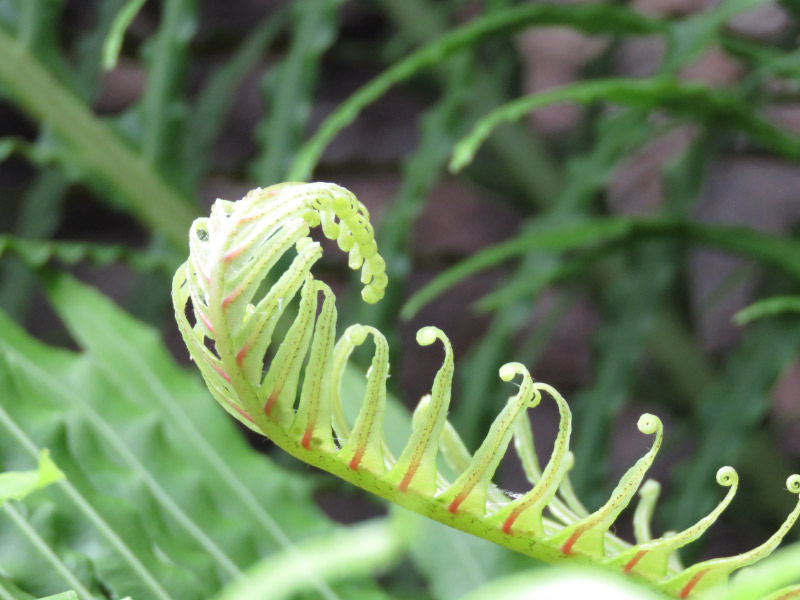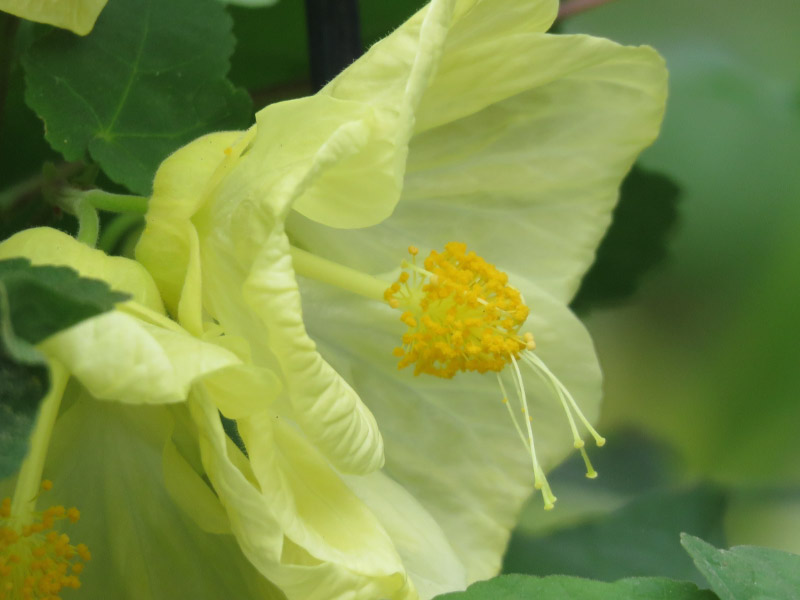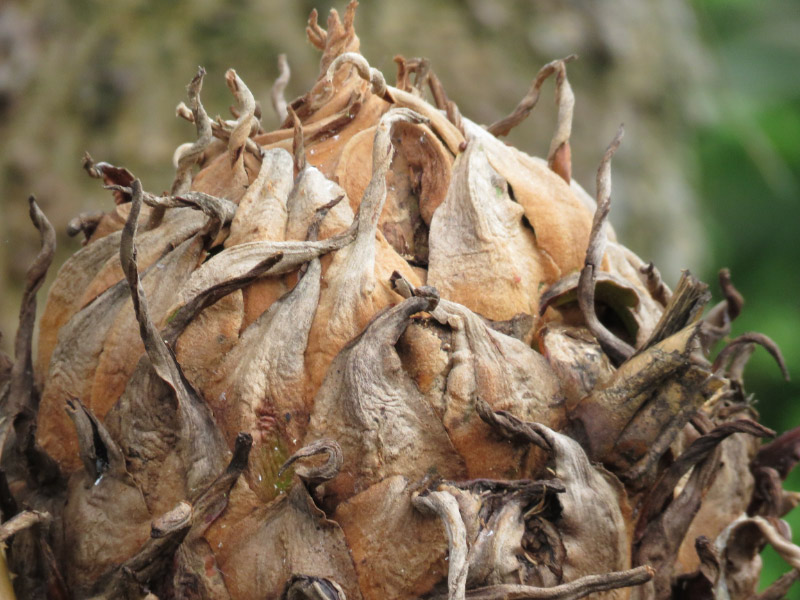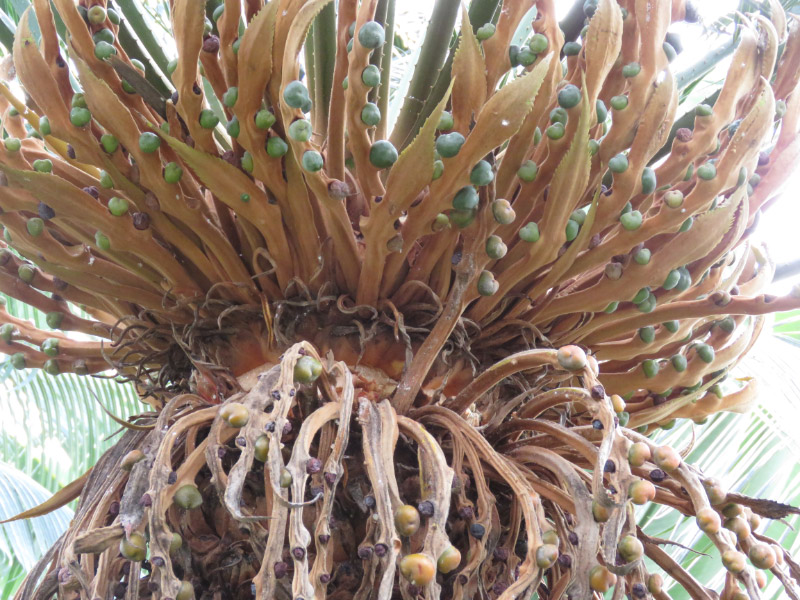The items below were ‘the cream’ of the articles and websites I found this past week. Click on the light green text to look at the article.
Spring Outlook: Historic, widespread flooding to continue through May | National Oceanic and Atmospheric Administration – Check out the map about 1/3 of the way through the article. It looks like quite a few areas along the Missouri and Mississippi Rivers are going to have moderate or major flooding through May. Almost the whole eastern part of the US is going to have some flooding during that period.
How Chromosomes X and Y Got Their Names, 1891 | The Scientist Magazine® - A little history. It all begins in the late 1800s.
C. R. PERCIVAL’S MICROSCOPE SLIDE COLLECTION | Ingenium – Browse through some of the images made of slides created in the early/mid 1900s. Click on the larger image to get a magnifier that can be moved over the image.
Food Trends 2019: Fermented Foods, Blueberries, Coconut Products, and More | Berkeley Wellness – How many of these are you already eating?
What oil leaves behind in 2.5 billion gallons of water every day in US -- ScienceDaily – Wouldn’t it be nice to not have oil polluted water injected underground…and sometimes into aquafers? Water is already in short supply in some areas of the country (mostly in the west). We need technologies to never contaminate water in a way that it cannot be consumed by plants and animals…and ourselves.
In Germany, Consumers Embrace a Shift to Home Batteries - Yale E360 – Half of the orders for rooftop solar panels are sold with a battery storage system too in Germany. I wonder when the US will catch up.
Butterfly numbers down by two thirds: High-intensity agriculture reduces number of butterfly species in adjacent areas -- ScienceDaily – It’s not just butterfly numbers that are down either. Agriculture research needs to hone practices that are productive in the short term…and the long term. In other words – all agriculture needs to become sustainable for humanity and the rest of the organisms that inhabit the Earth.
Nitrogen pollution's path to streams weaves through more forests (and faster) than suspected -- ScienceDaily – Nitrate is one of the abiotic tests we do for water quality assessment with high school students. This is a new finding to think about and incorporate in to the analysis of readings after heavy rains. The nitrogen might be moving so fast that the forest can’t absorb it!
Missouri Making Hyperloop Plans - News | Planetizen – A hyperloop between Kansas City and St. Louis! What a boon to the two cities and probably easier to build since there is not the heavy population between the two cities like the route that was originally talked about in California.
China Isn't Recycling Tons of U.S. Plastic Trash Anymore: Goats and Soda: NPR – We’re going to have to show some innovation in dealing with plastics – mostly single use – that we dutifully put in our recycle bins and assumed they would be recycled. Now a lot of them are going to landfills or polluting our waterways. With a little thought, my family has reduced some….but the next step is tough. Some products we need are only available packaged in plastic.


